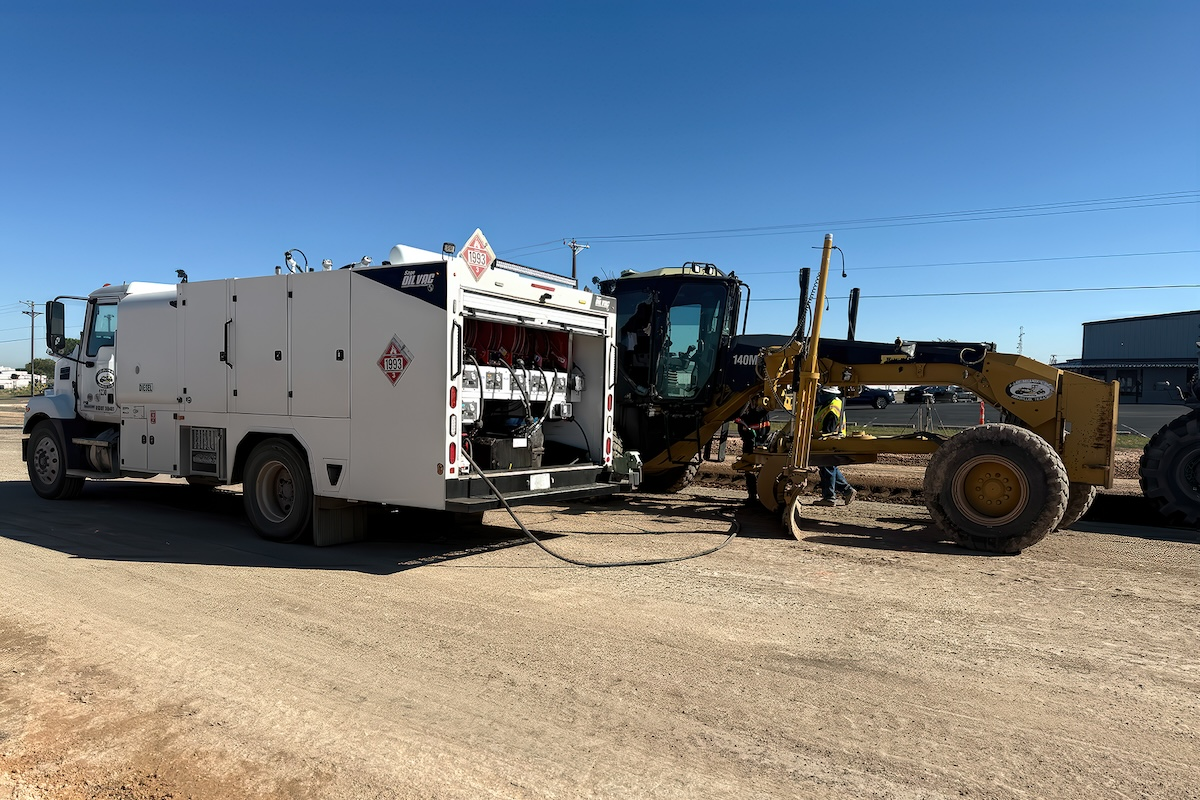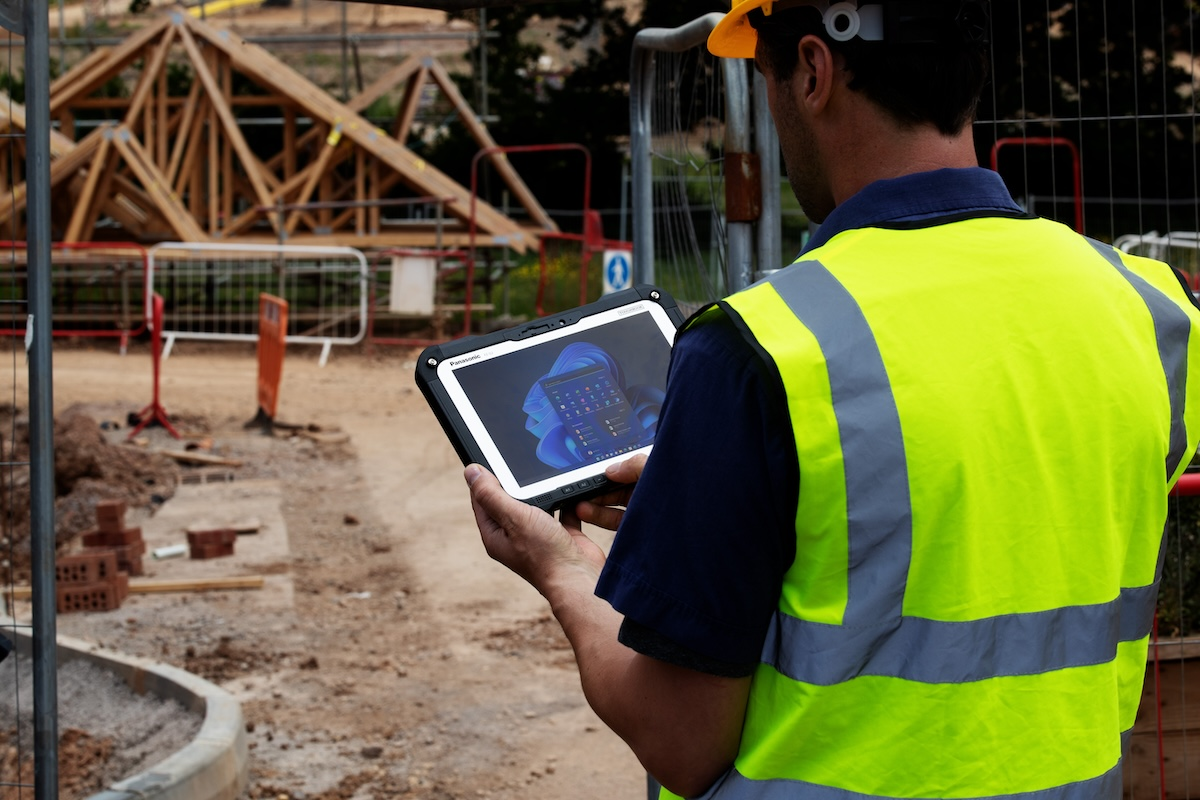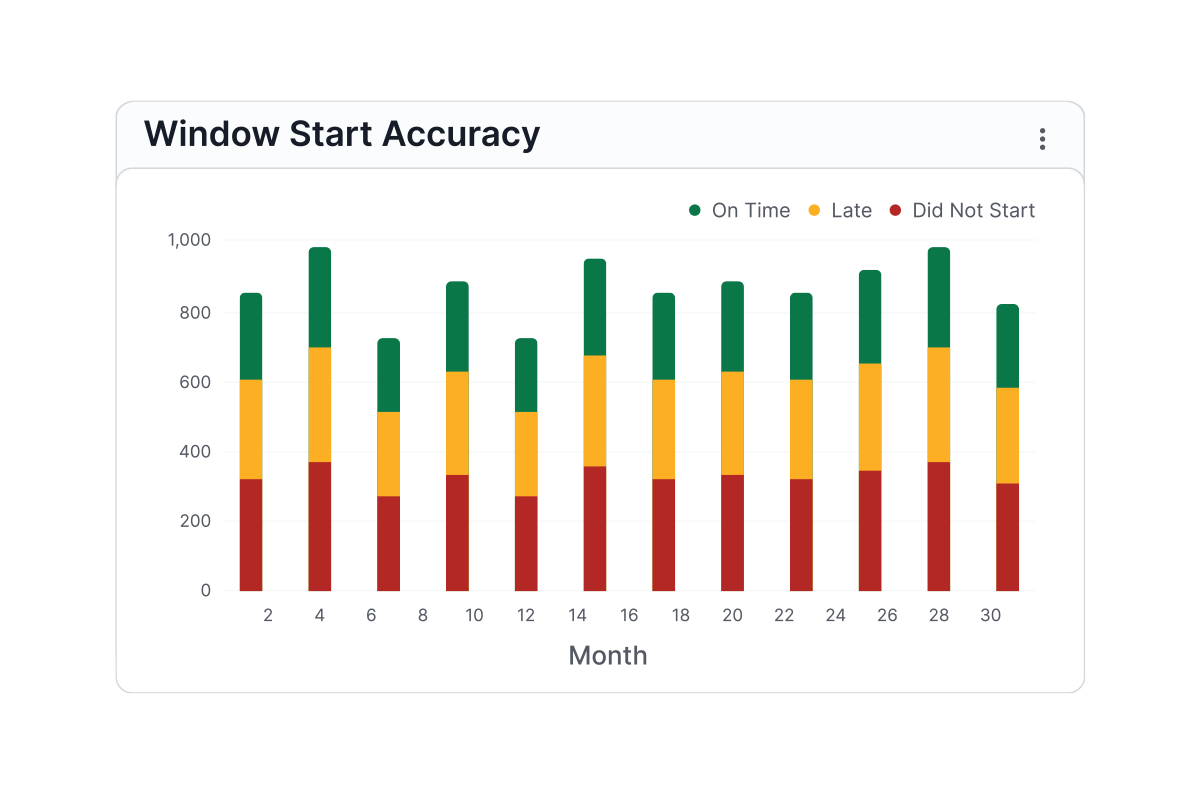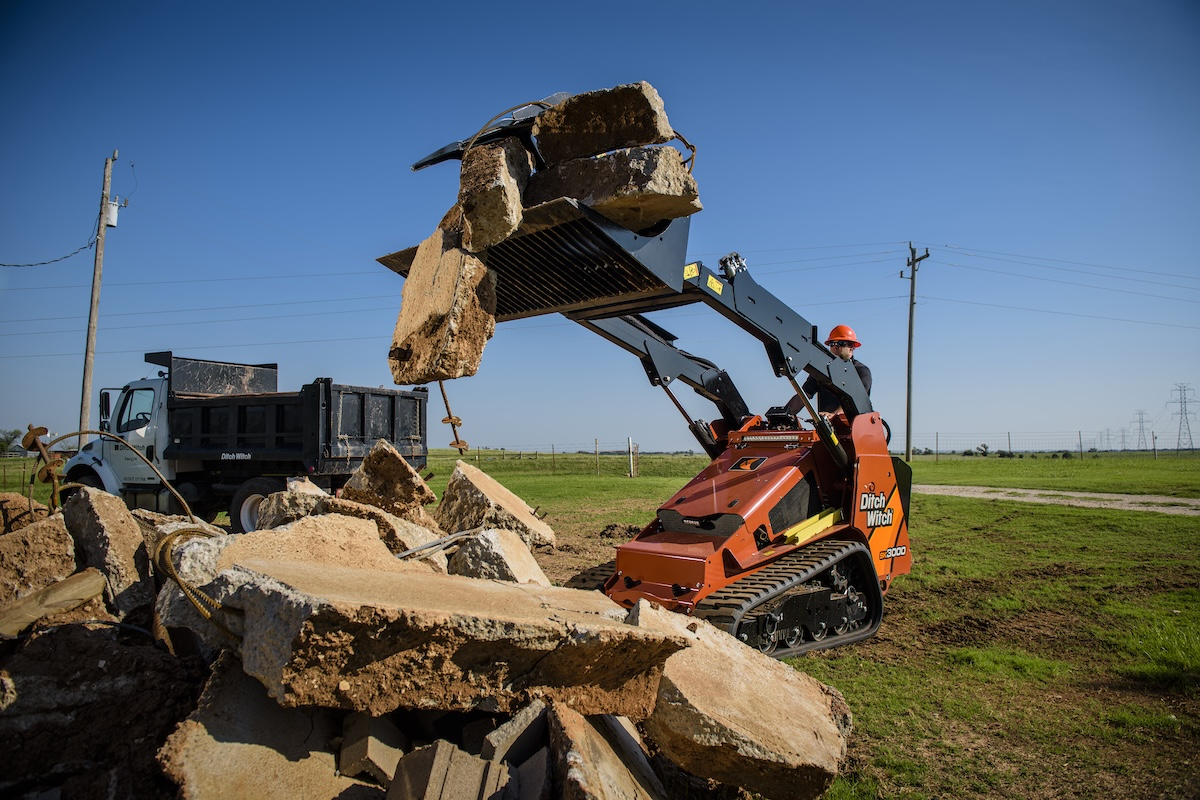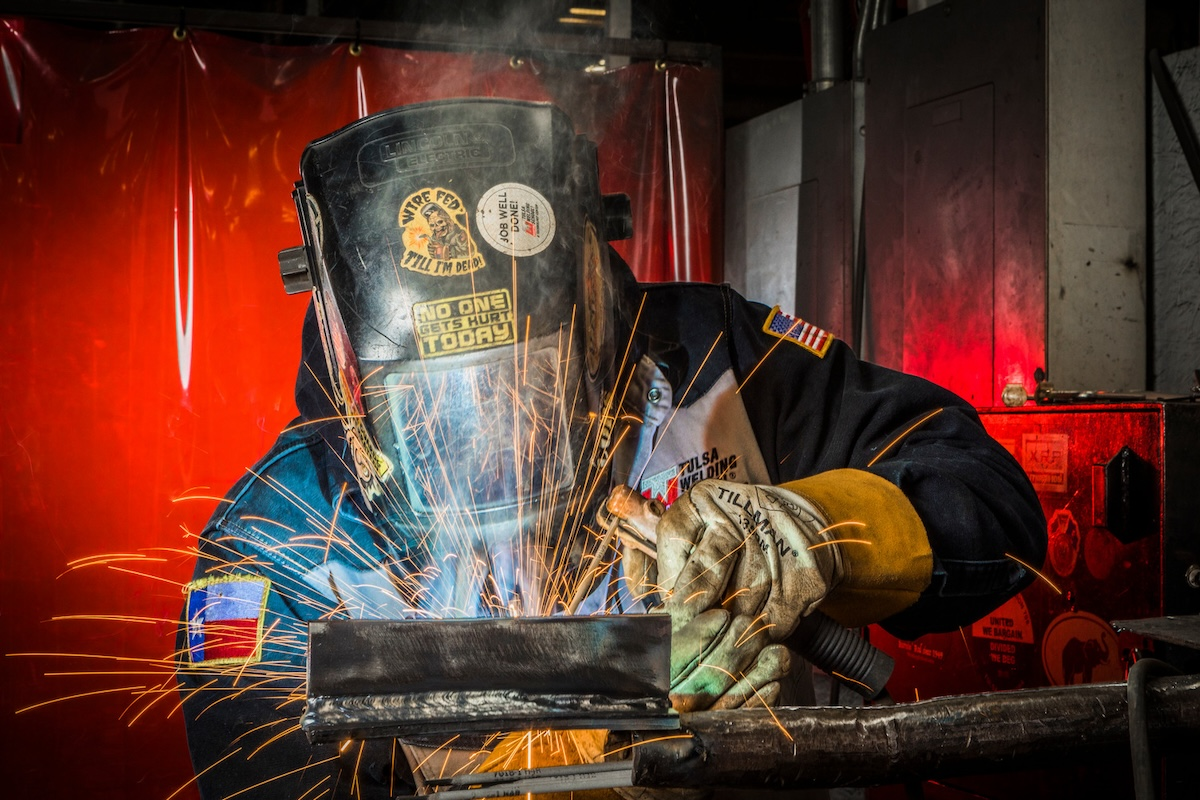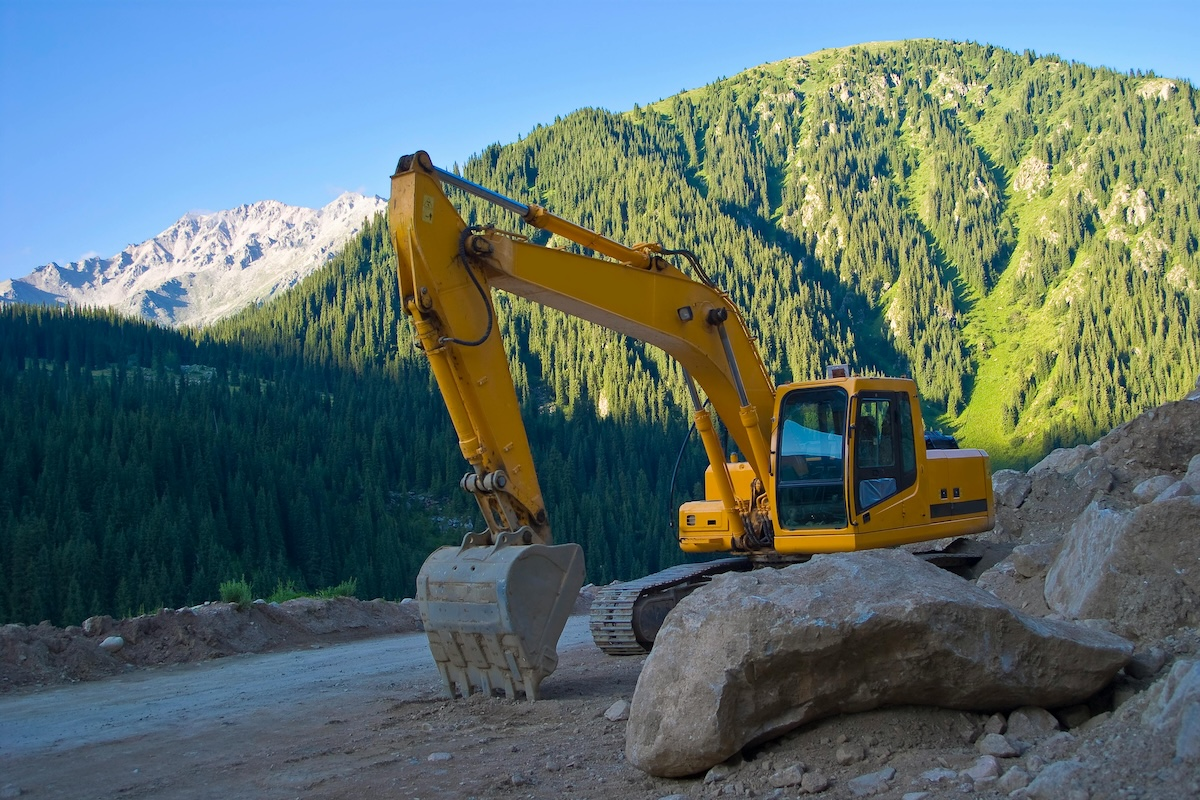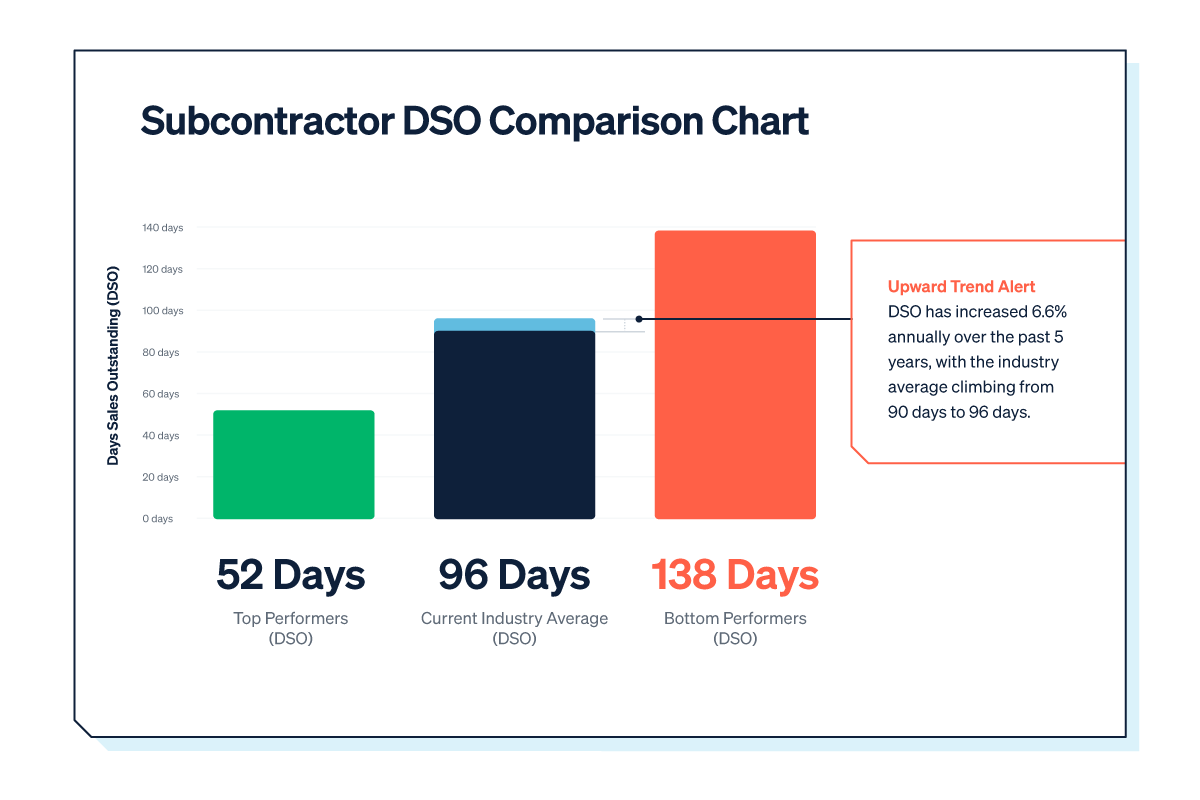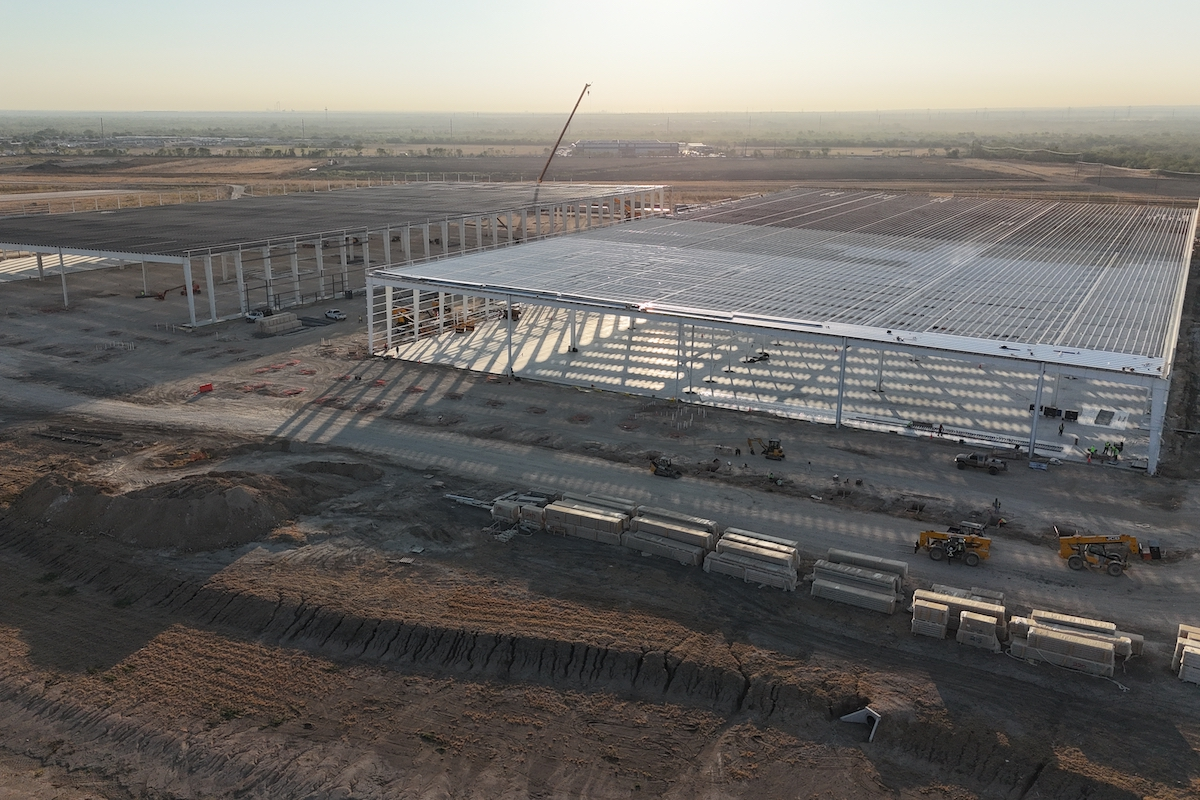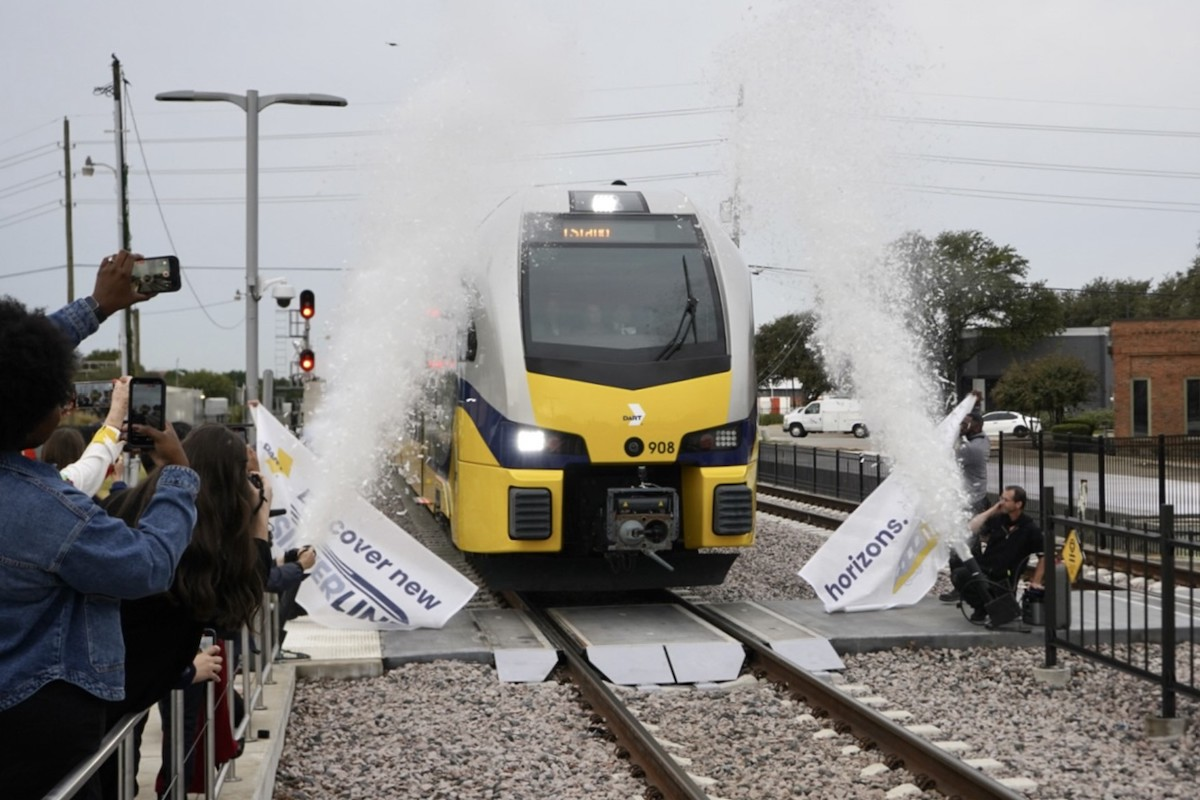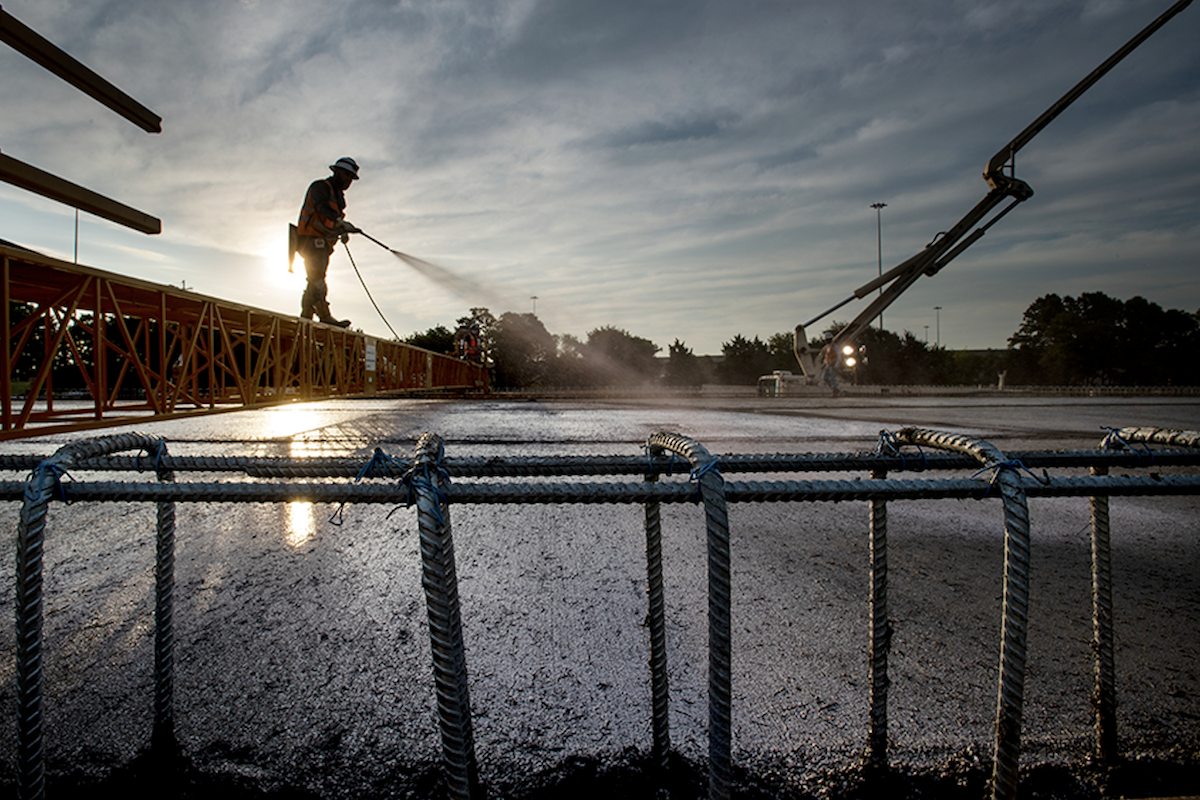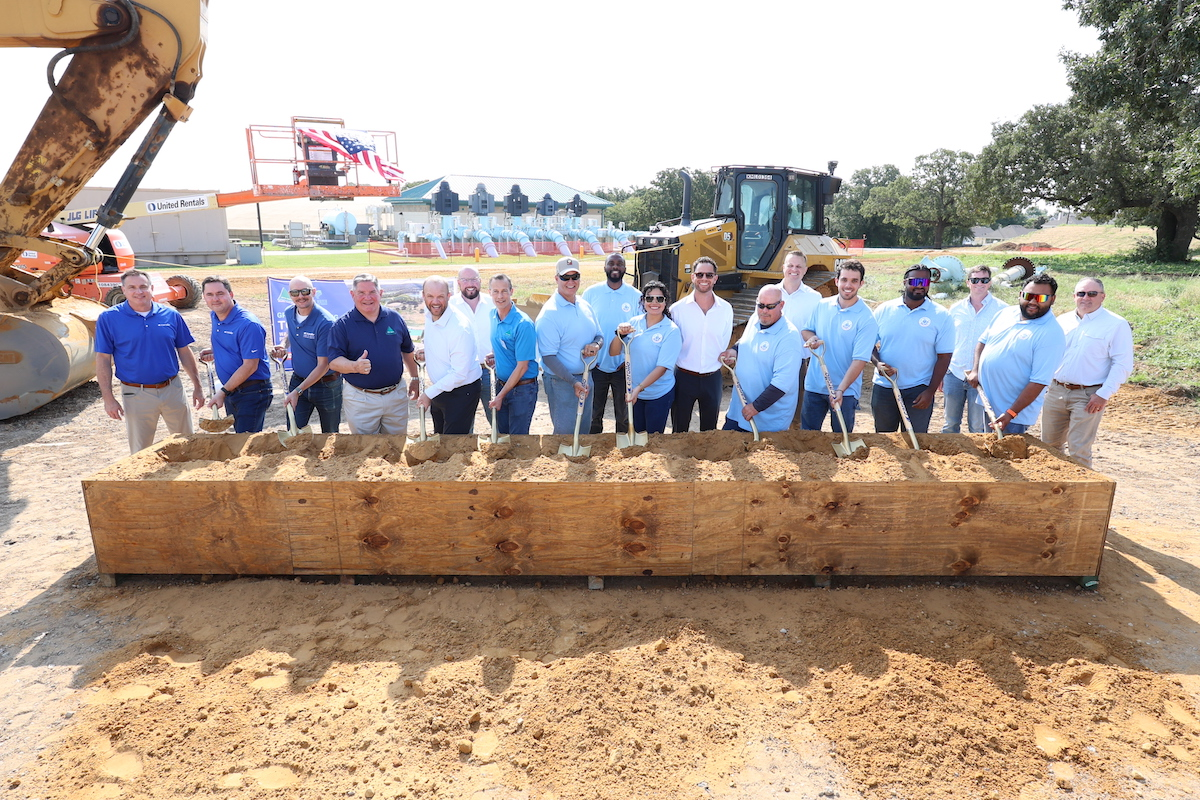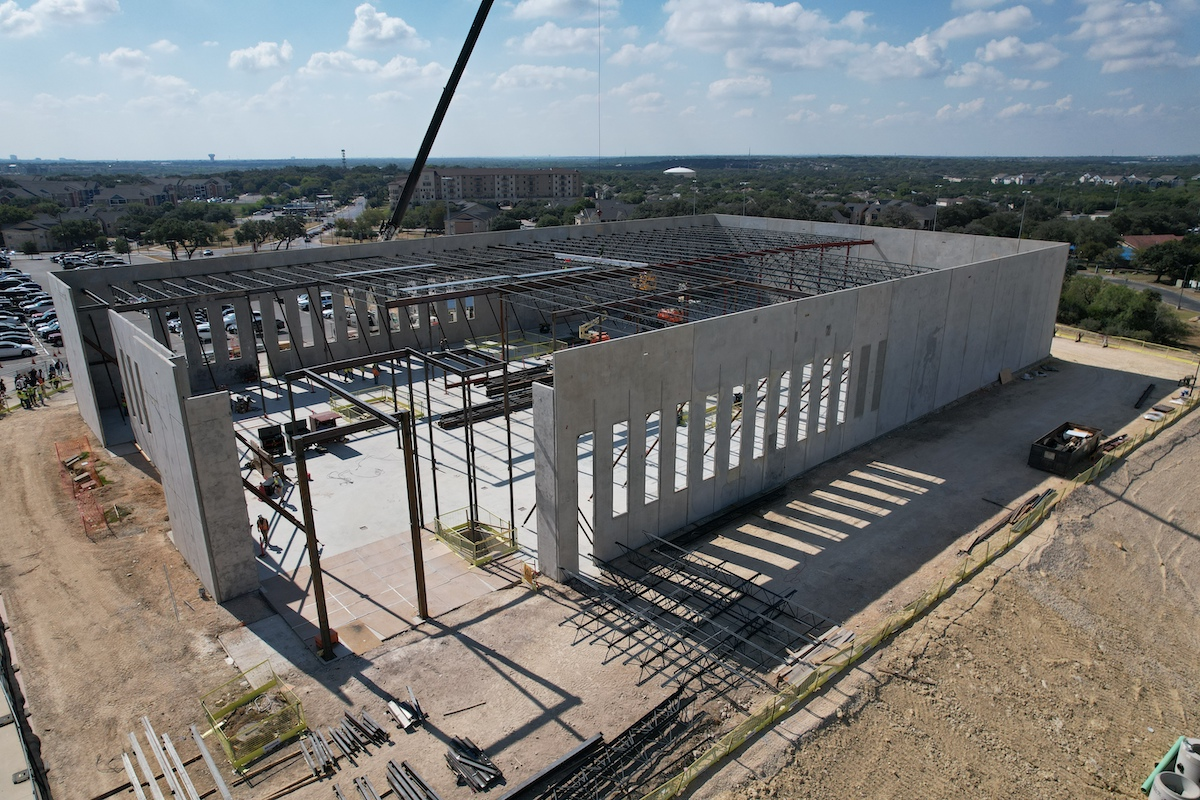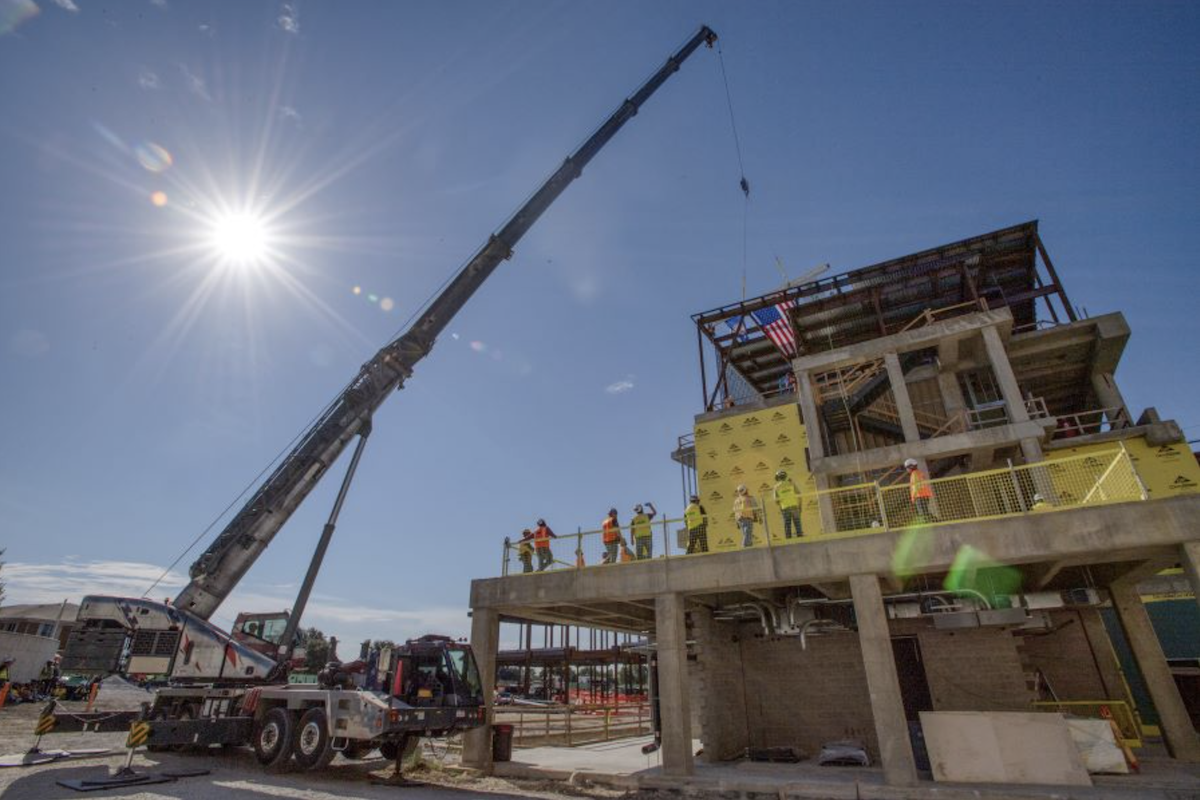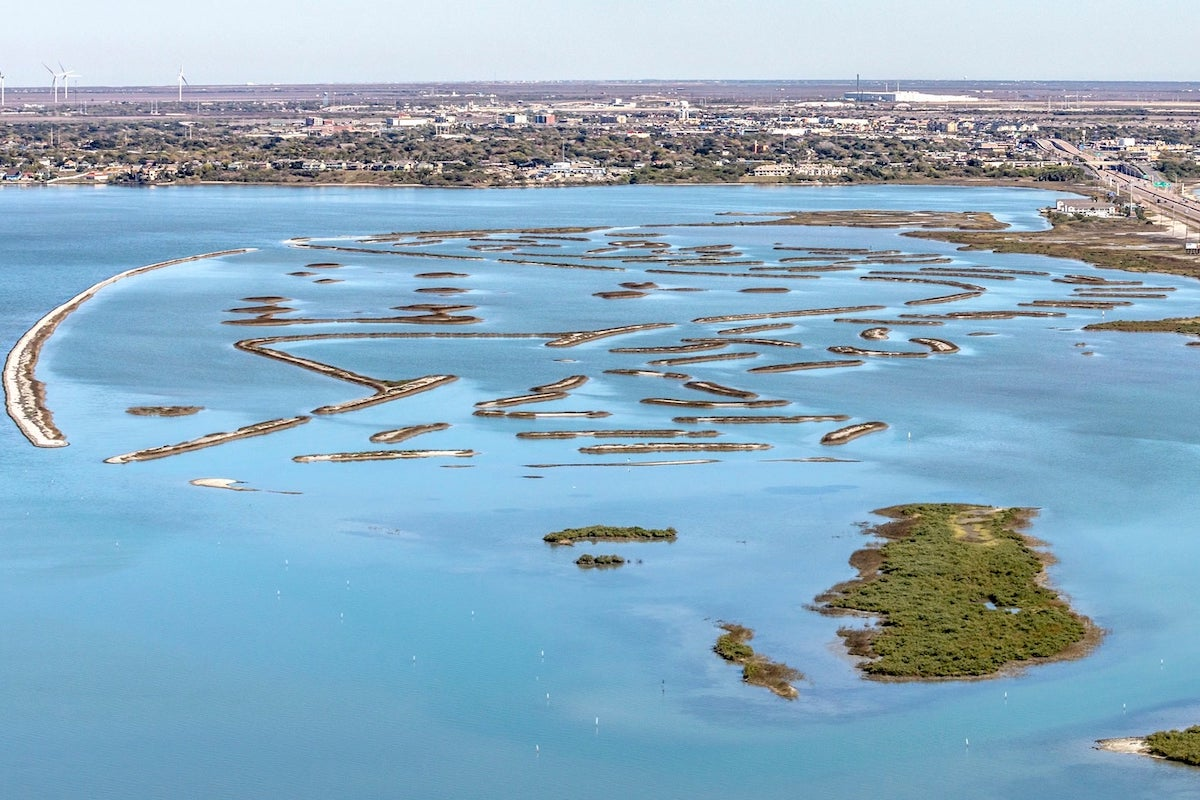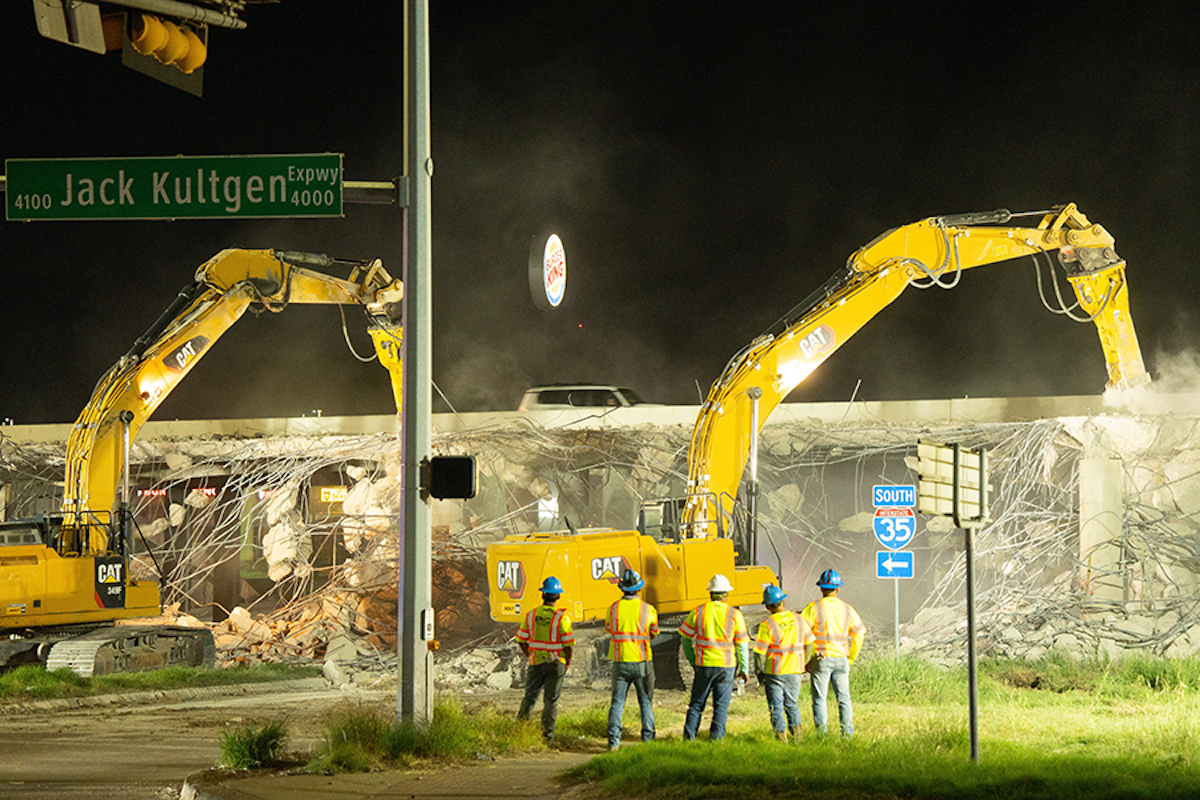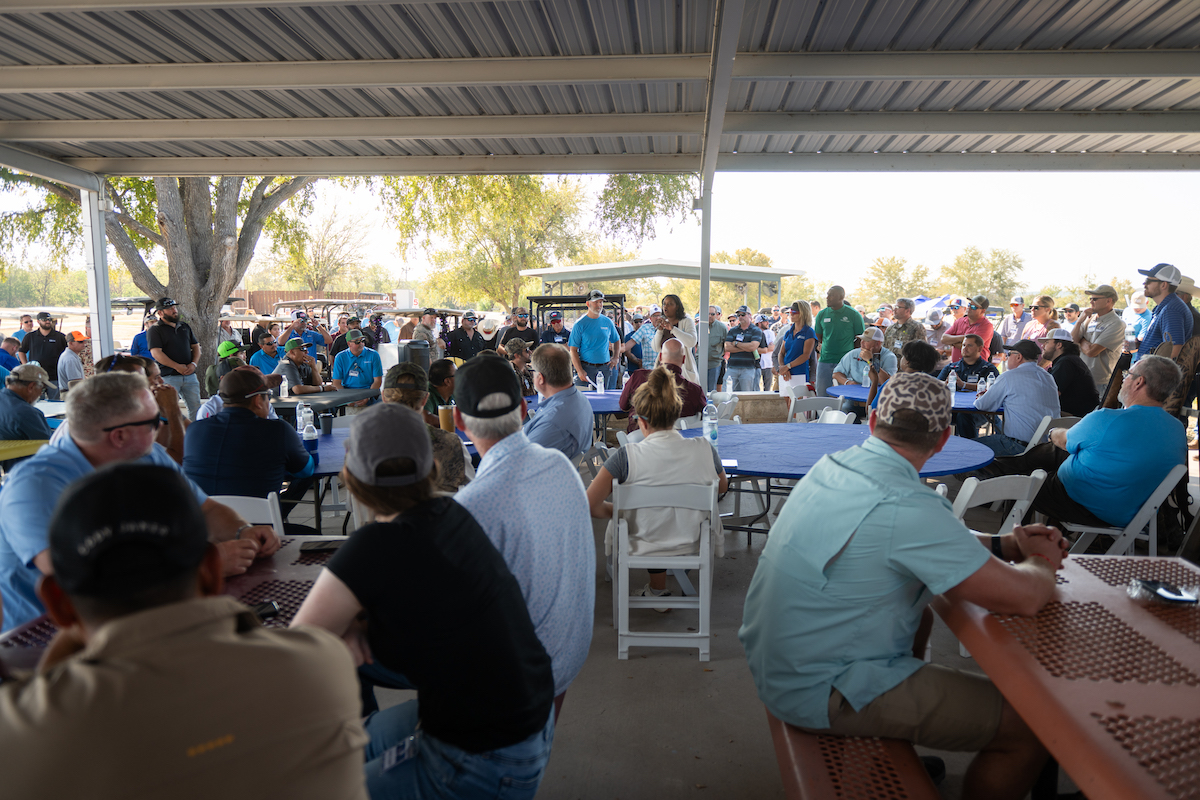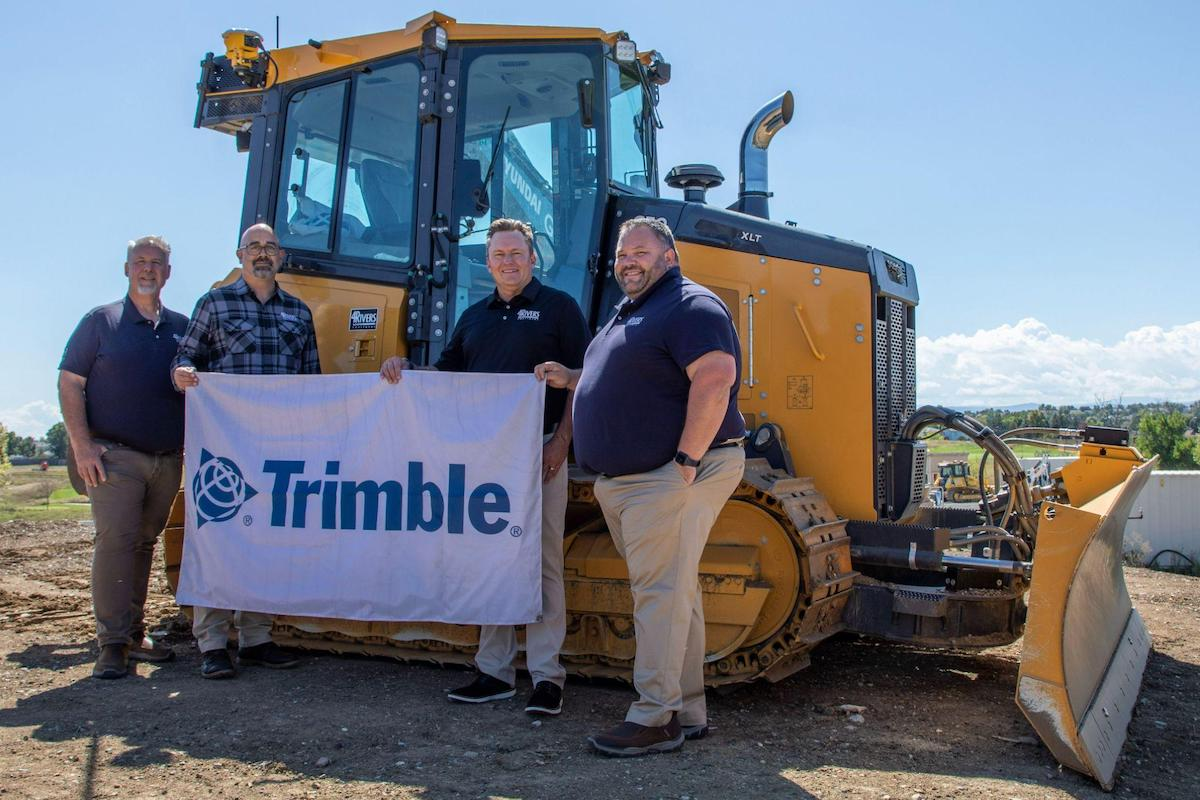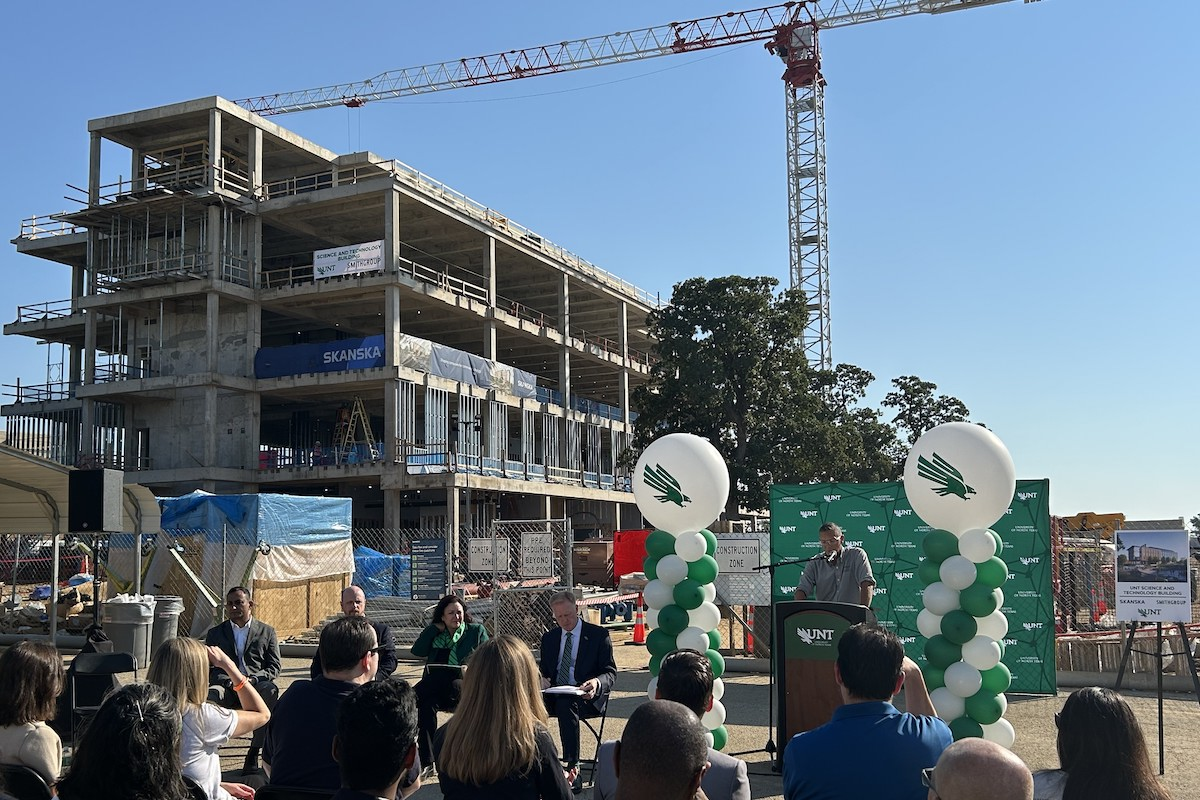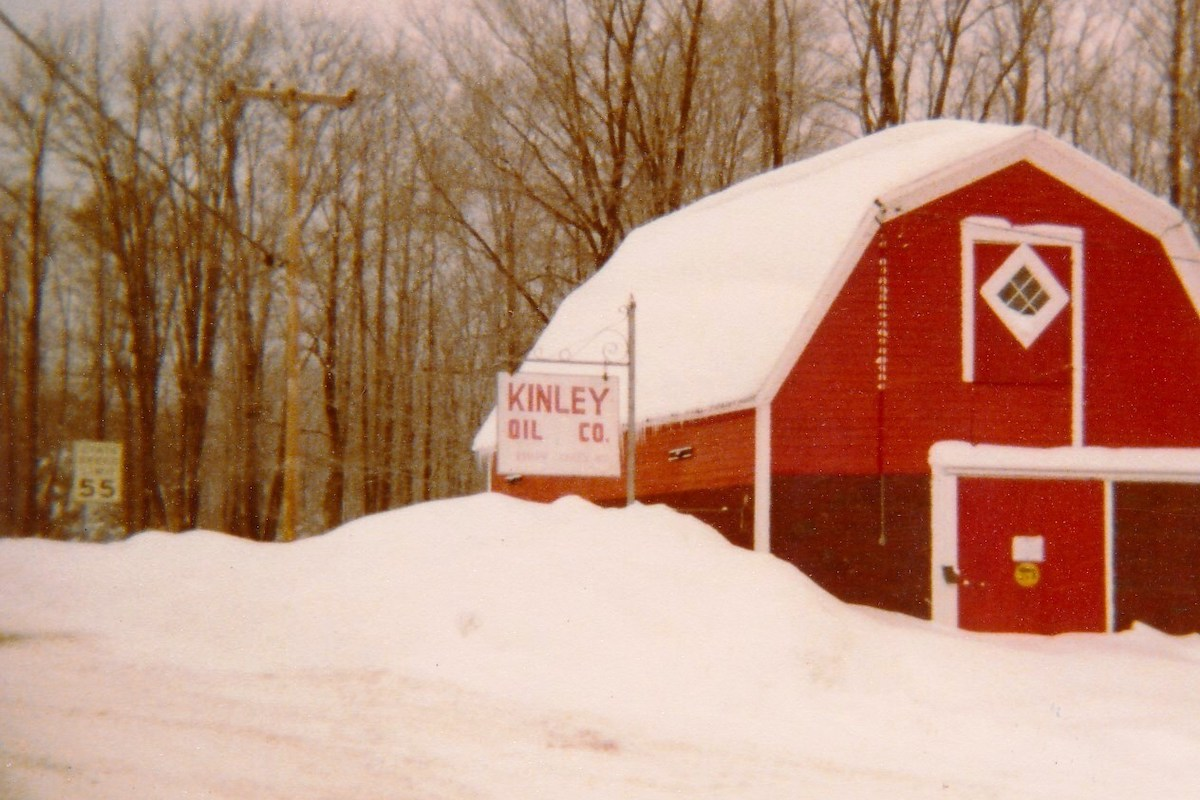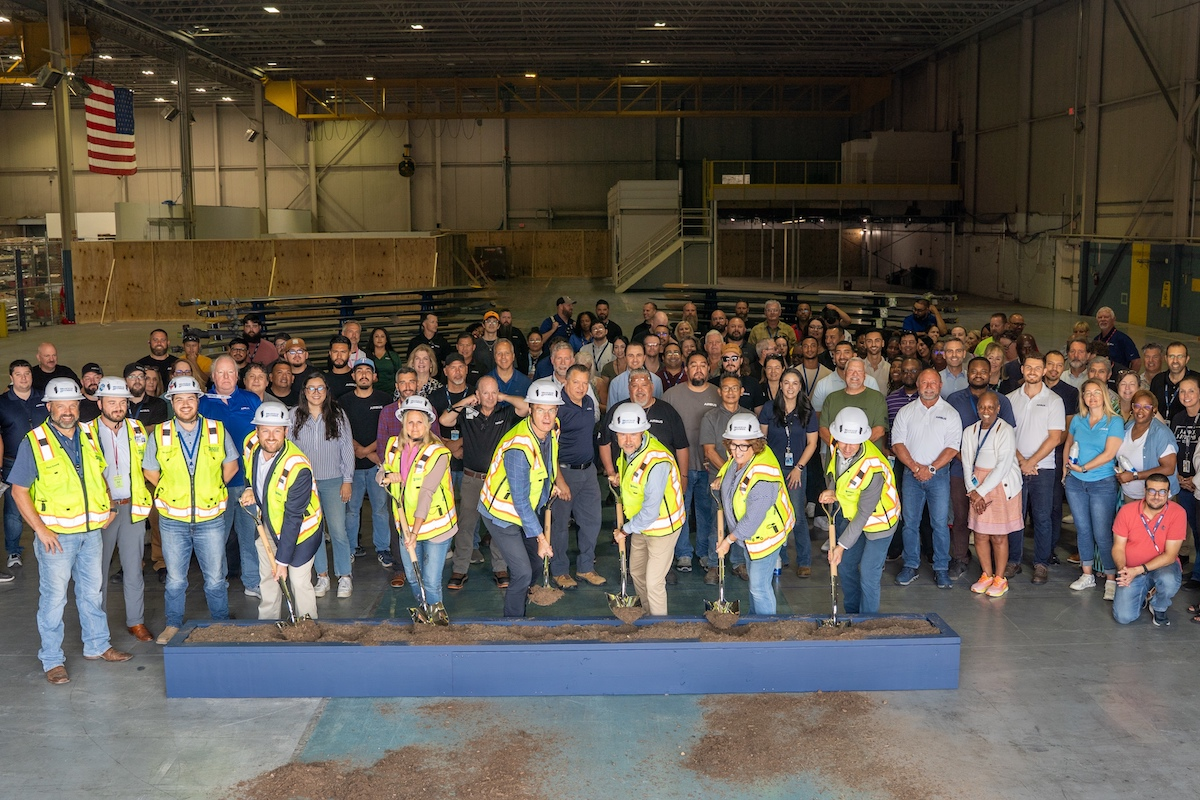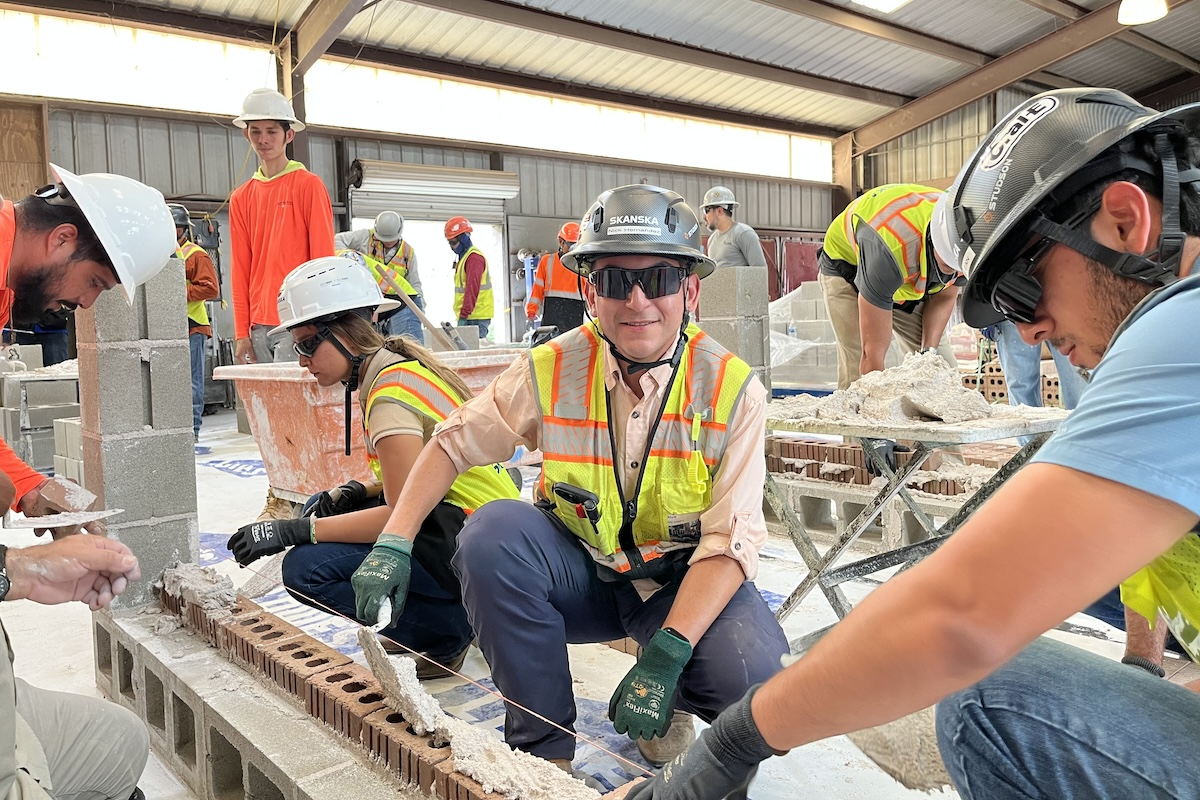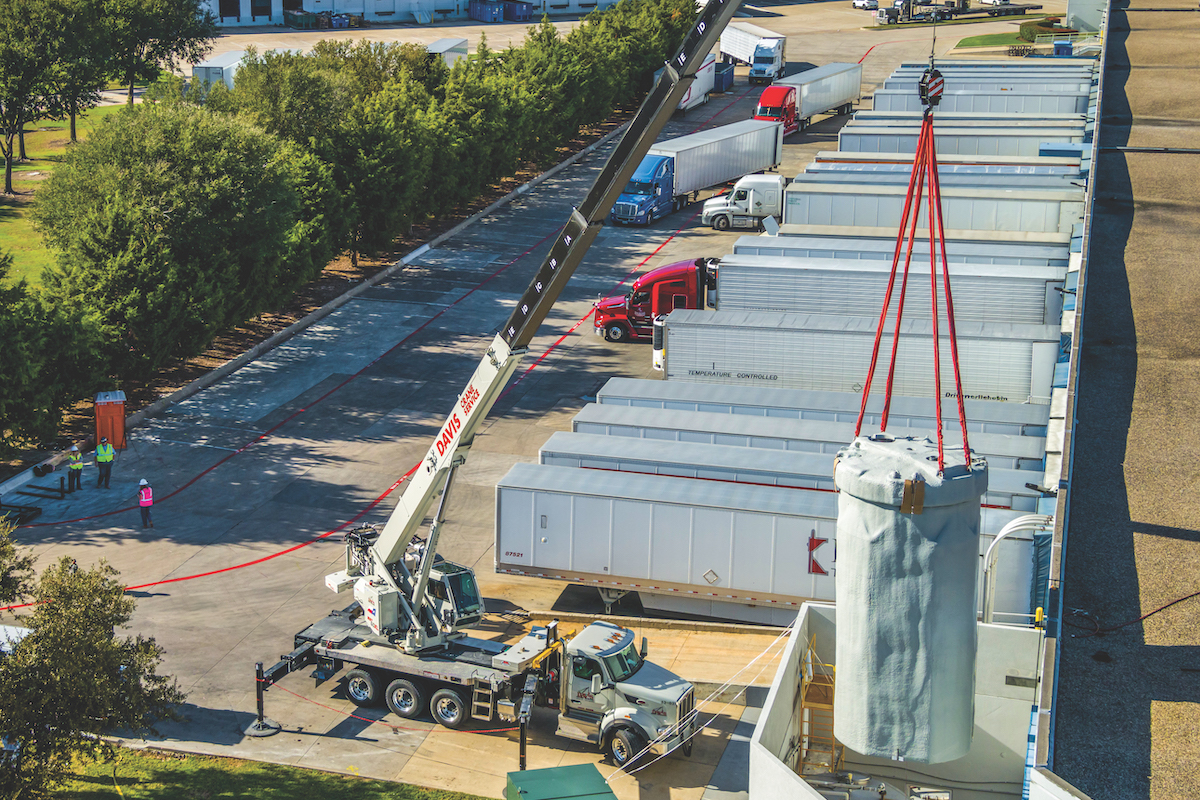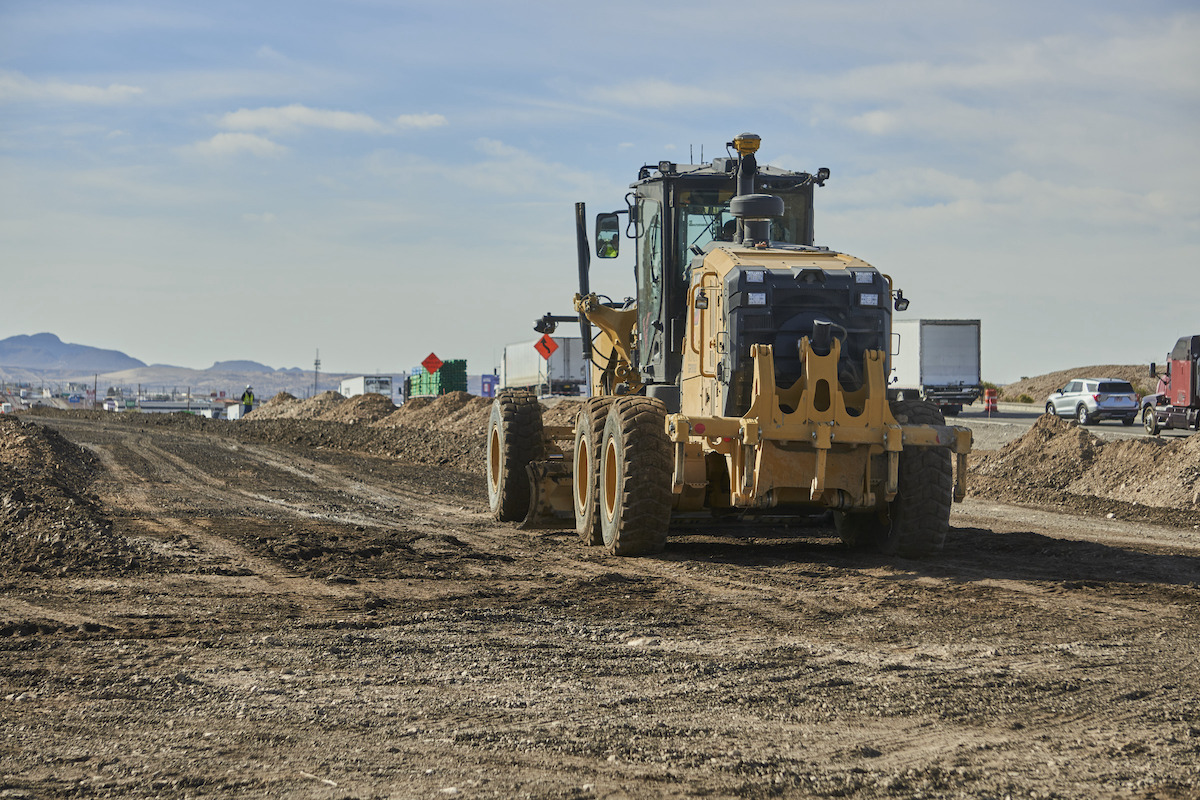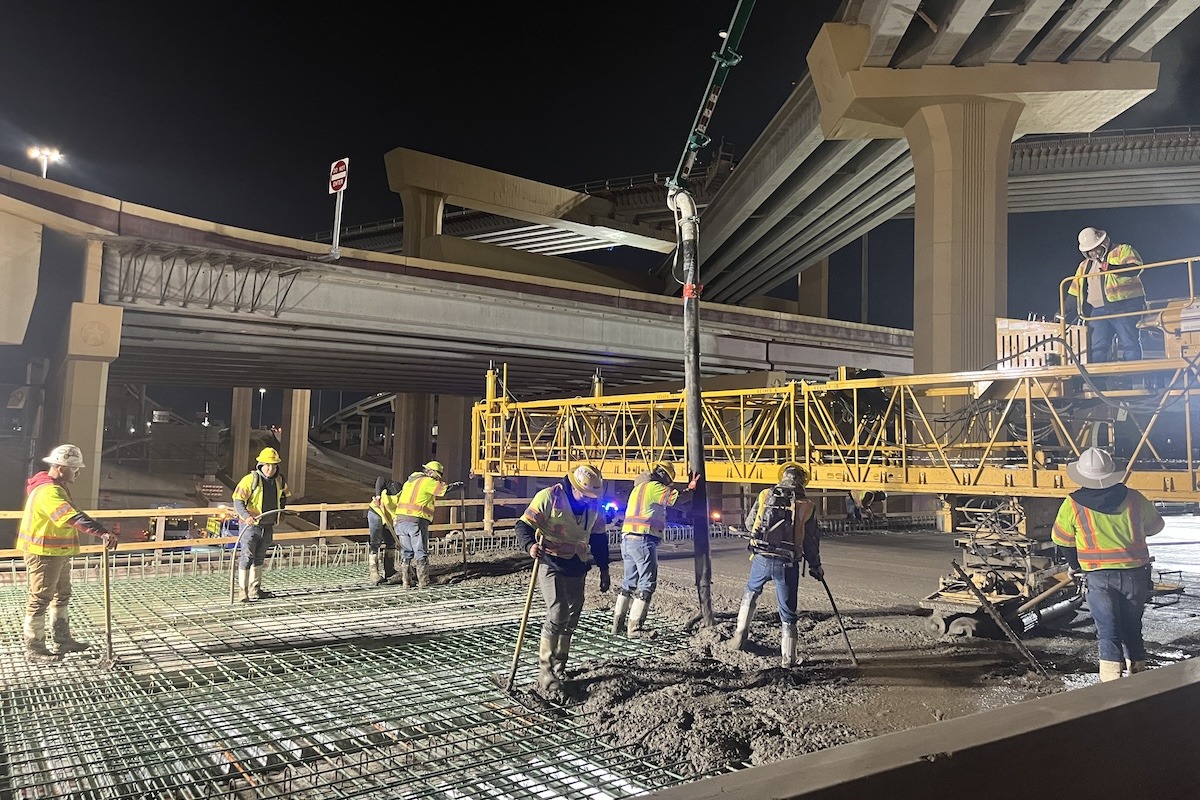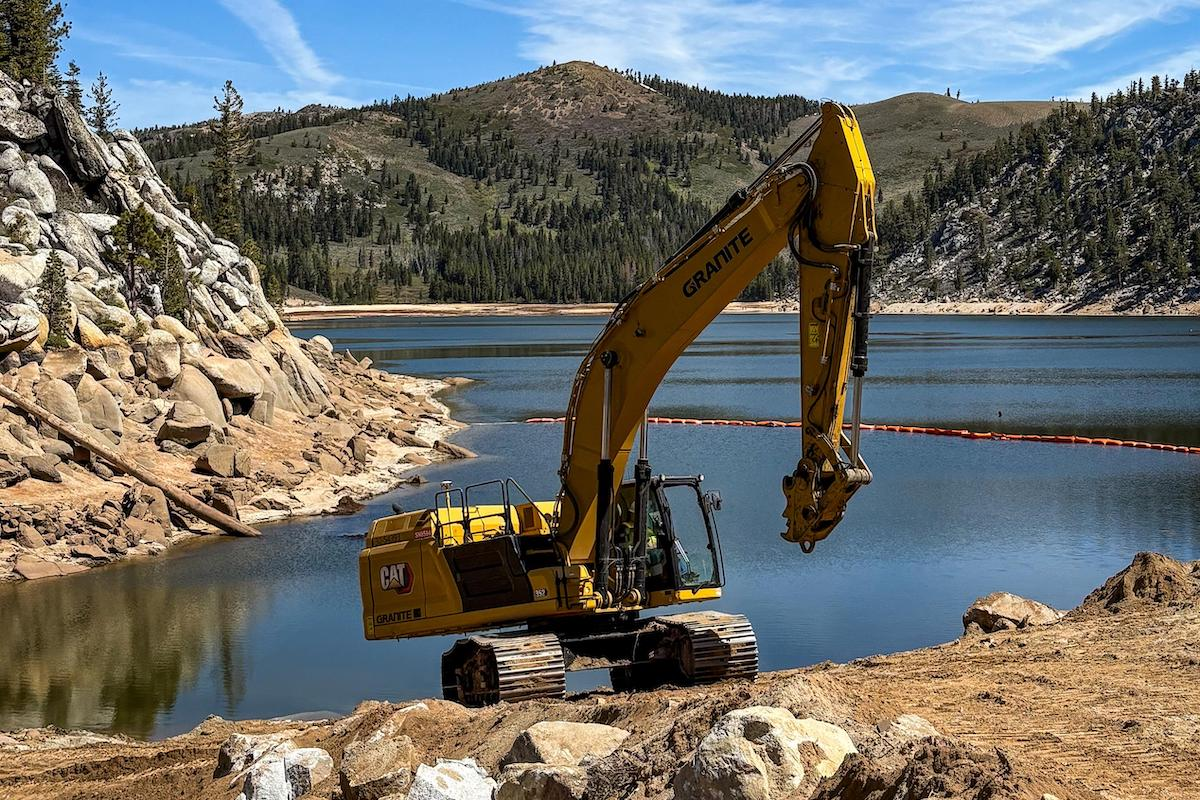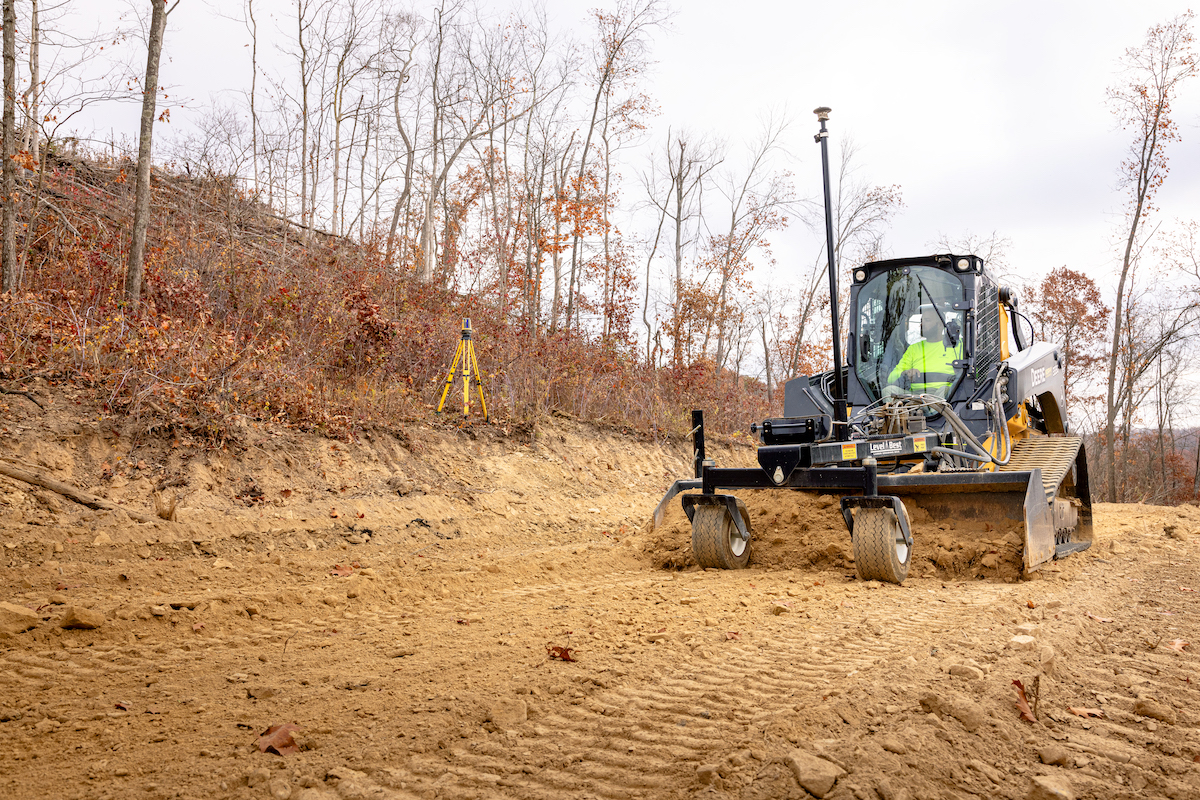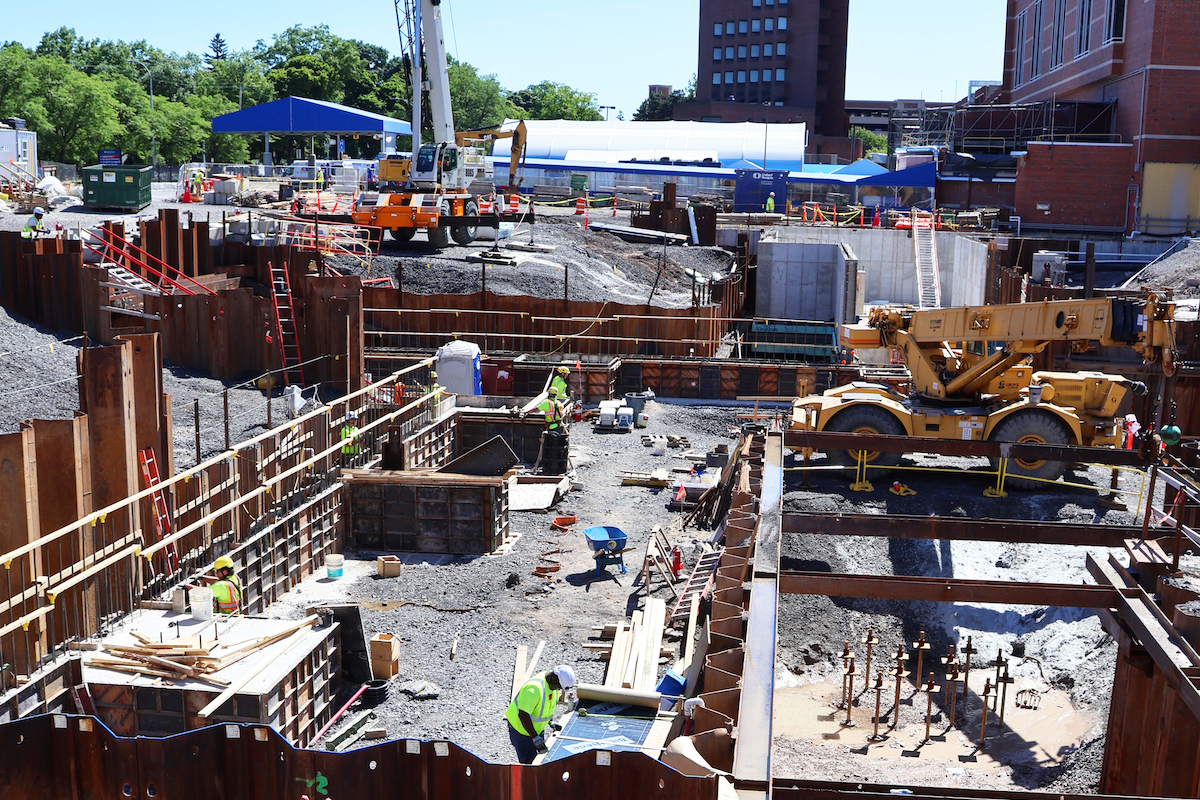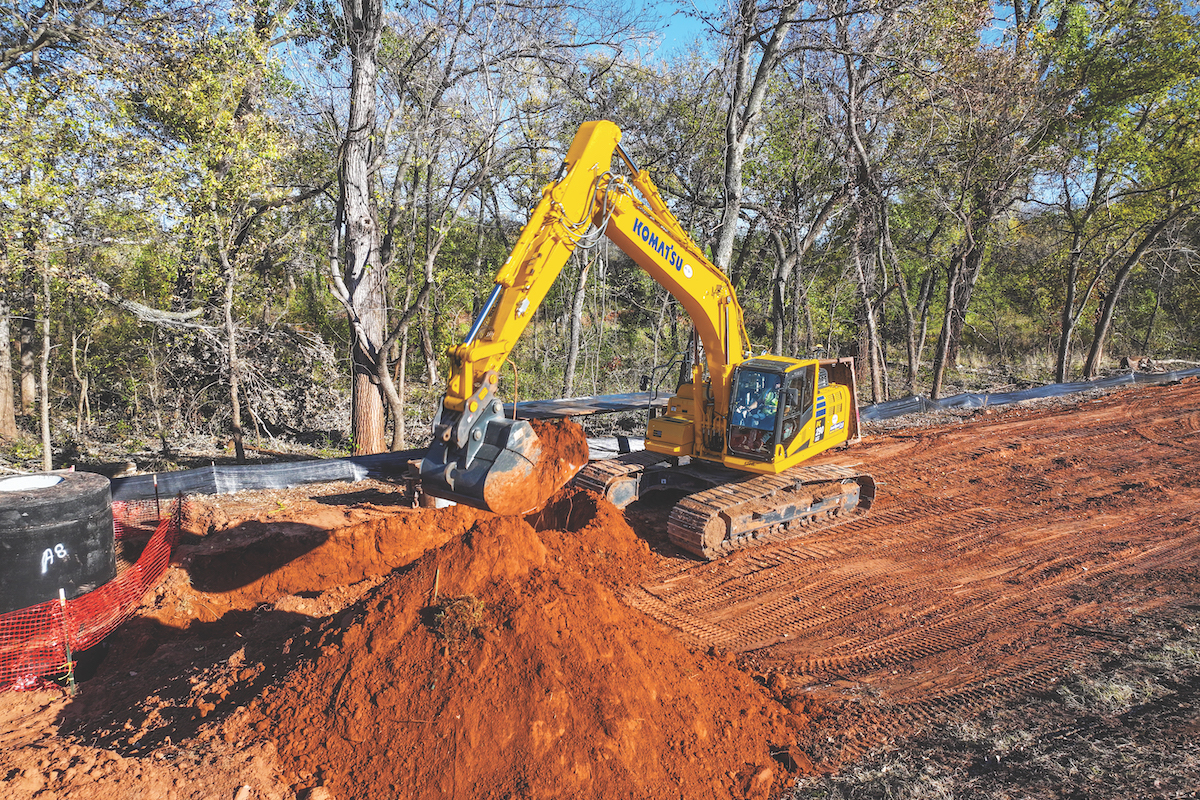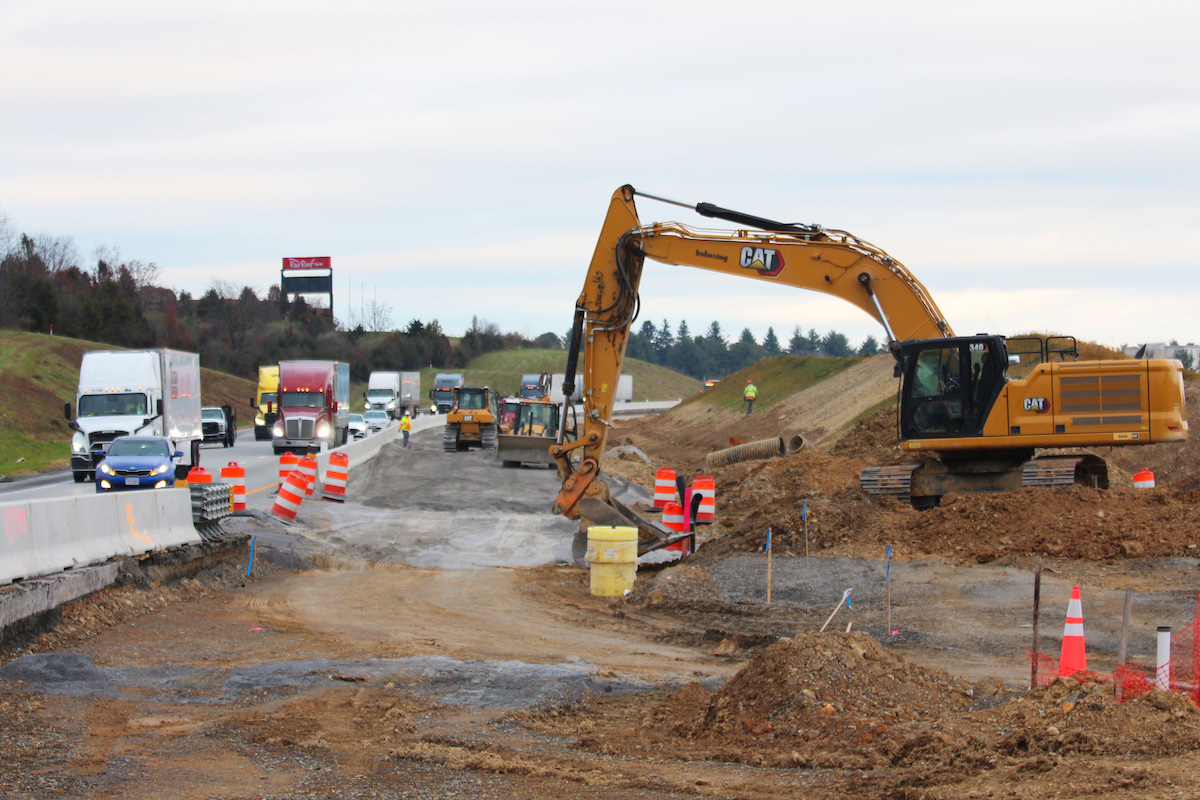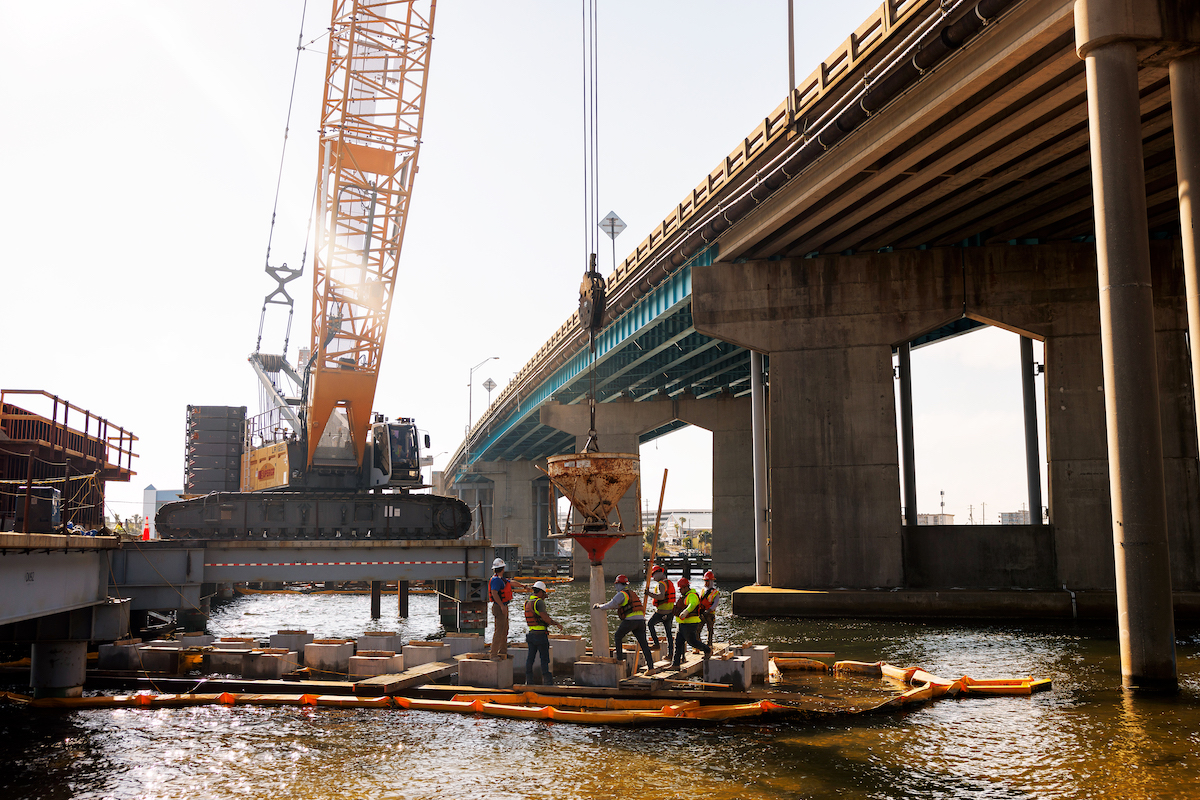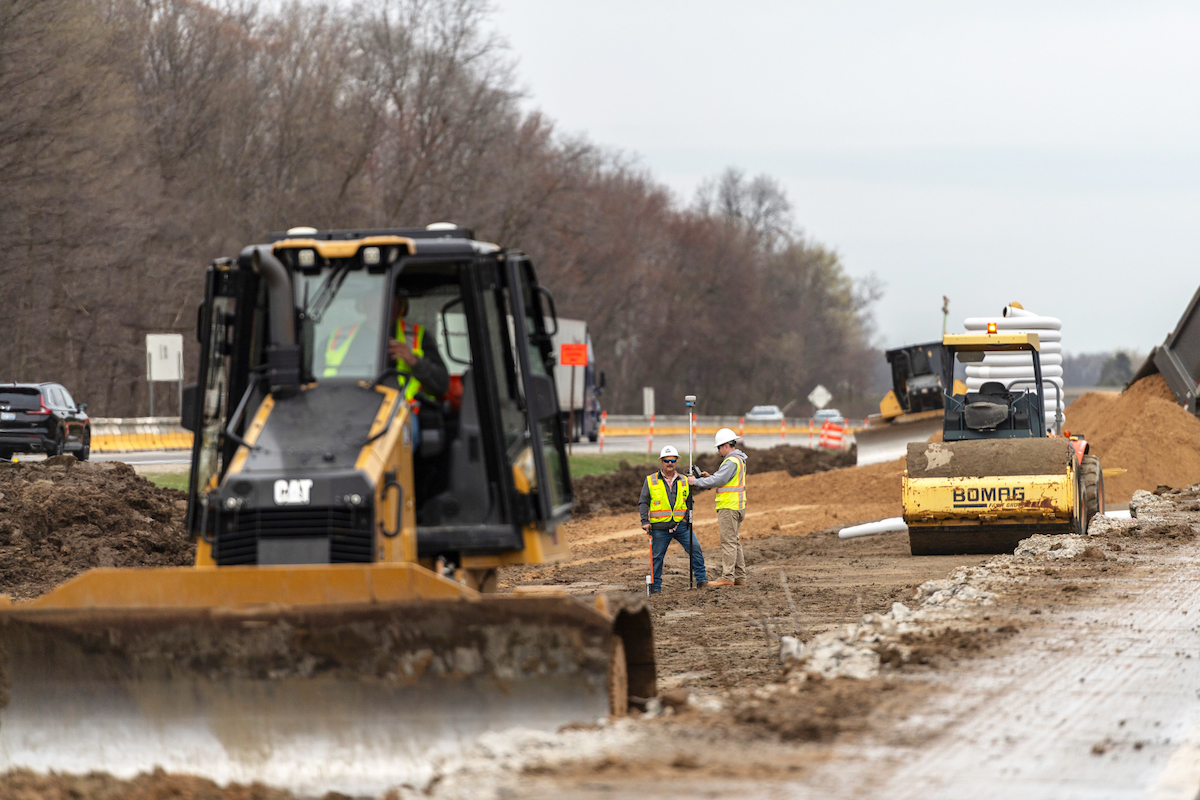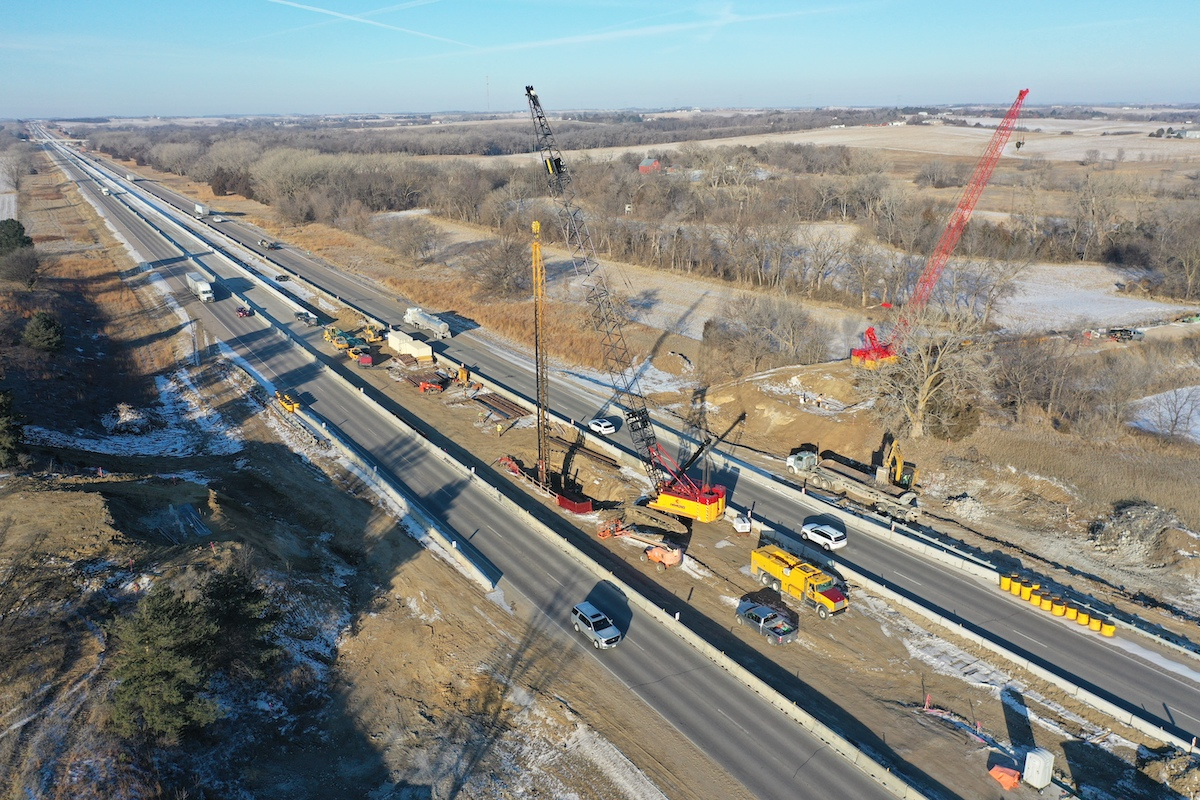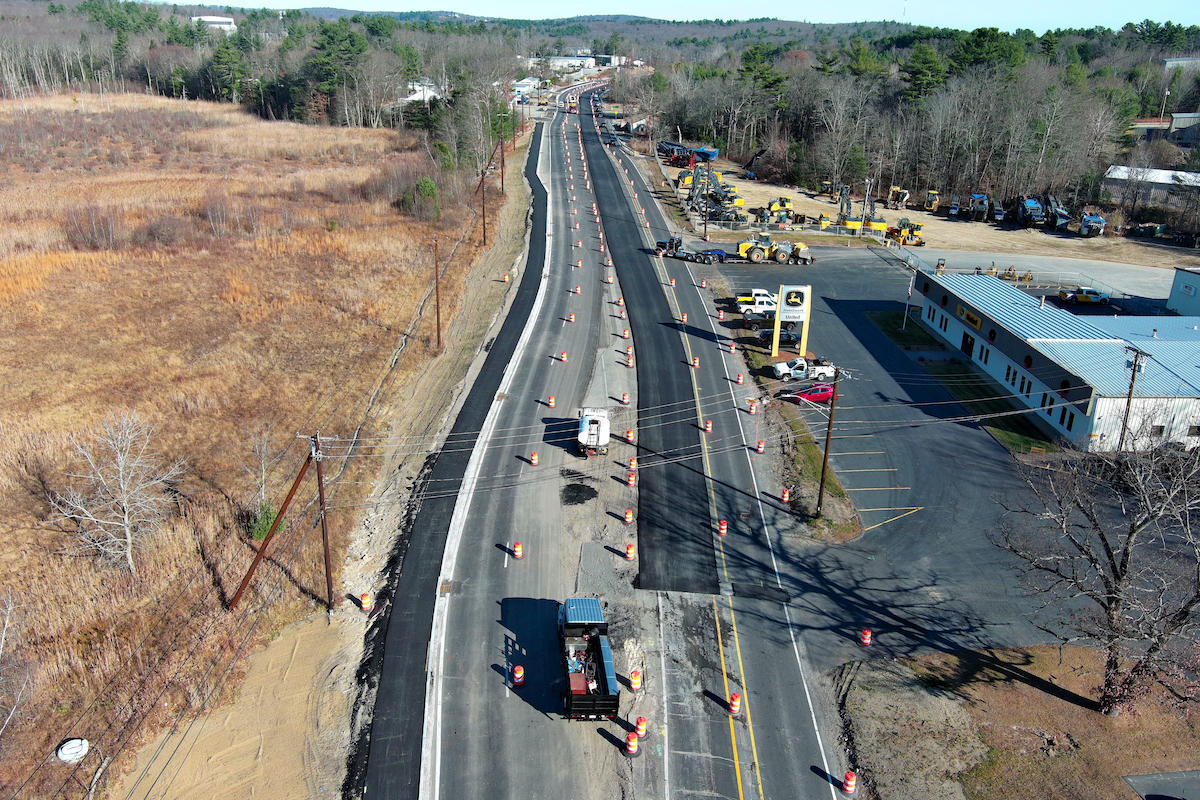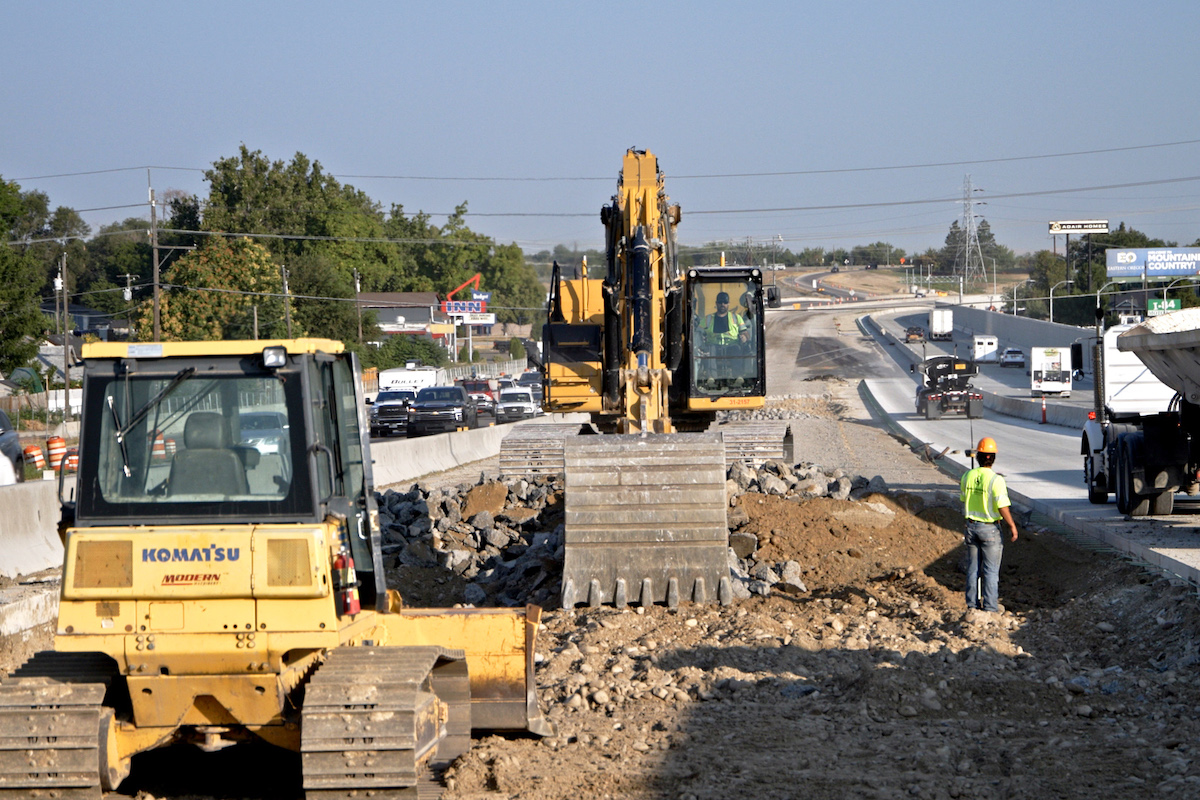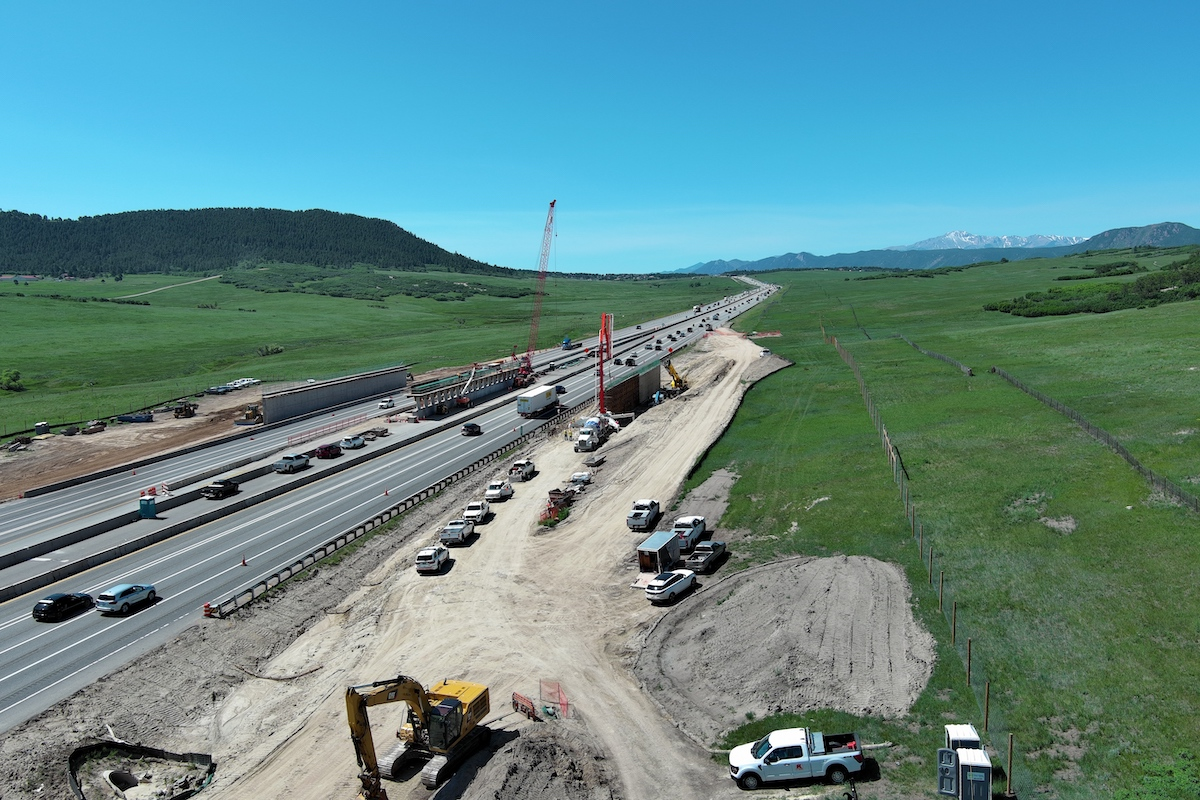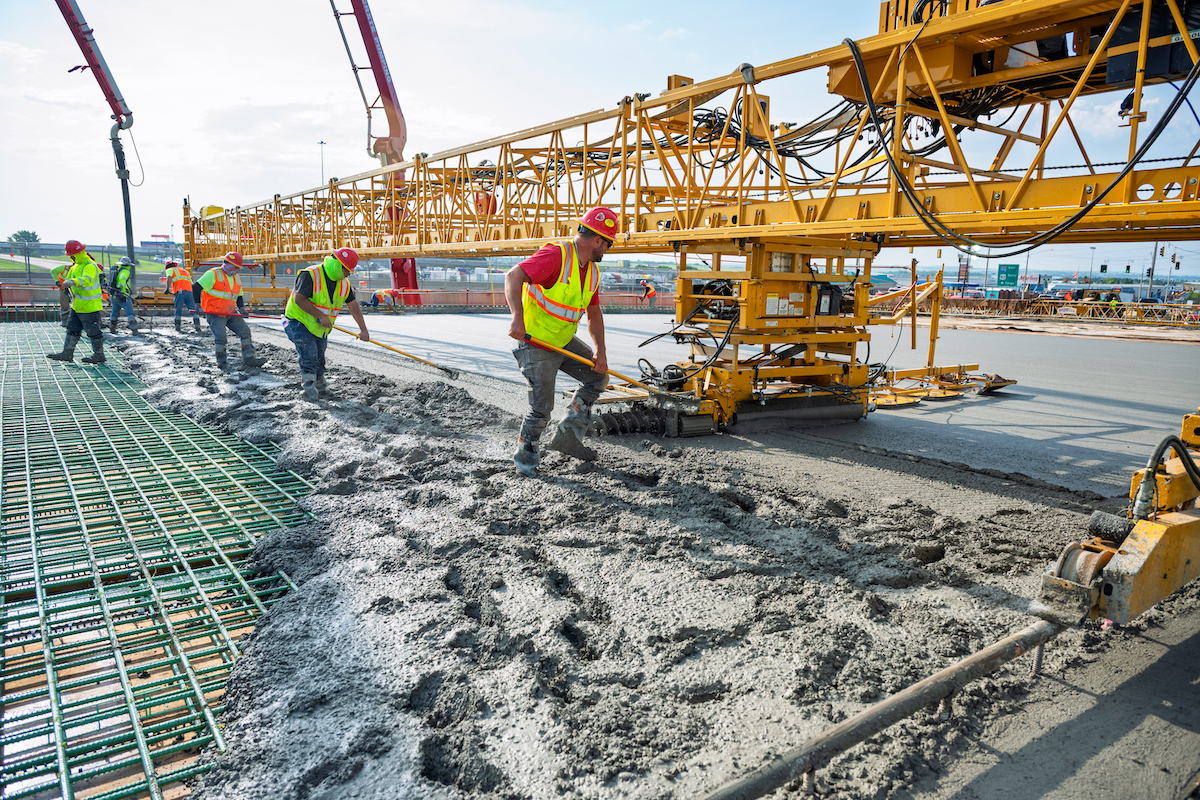In urban and residential areas, safety hazards, utility strikes, equipment damage, and job site delays are significant risks due to today’s increasingly complex and congested underground environments. These challenges demand a highly coordinated response from contractors.
Utility crews working in these densely populated areas face the daunting task of navigating a labyrinth of fiber, gas, electric, water, and sewer lines. The margin of error is slim, as even minor mistakes can lead to serious and costly consequences.
To ensure crews operate with the highest level of accuracy and precision, many contractors are turning to the combined power of utility locating and vacuum excavation. Whether installing, repairing, or inspecting utilities, these methods work in tandem to enhance safety and minimize costly downtime. Continuous advancements in techniques and equipment further streamline the process, making the job easier and more efficient for contractors working on more compact job sites.
Before breaking ground on any underground construction project, the first and most crucial step is to call 811. This ensures that a locate technician can accurately map out the underground utilities, providing a detailed blueprint of existing fiber, gas, electric, water, and sewer lines. By starting this comprehensive mapping, contractors can develop an informed and effective construction plan, minimizing the risk of utility strikes and enhancing overall project safety and efficiency.
Once onsite, the technician will use a locator to connect to each target utility, find the correct frequency to send down the utility line, and trace that signal through the ticketed area. What complicates this process is potential interference — objects or sources onsite that disrupt or distort the frequency of a locator. Interference can be active or passive, and both types make it more difficult to trace the utility, which can potentially lead to a mislocate.

| Your local Astec dealer |
|---|
| Closner Equipment Co Inc |
Sources of active interference have their own electrical signal and range from cable lines and cathodic-protected gas mains to underground fences and electrical-based irrigation systems. Sources of passive interference do not have their own signal, like storm culverts, chain link fences, and even rebar. The locate technician can visually inspect the job site to find previous locate markers and visually identify signs of active or passive interference.
Once possible interference has been identified, the locate technician can start to find the frequency for the target utility. While some contractors get in the habit of using a favorite frequency, the best practice is to begin with the lowest-possible frequency (usually between 263 hertz and 870 hertz) and increase slowly, in small increments, until the utility is located. Higher frequencies are often easier for a locator to pick up, but they also run a higher risk of bleeding off onto sources of interference, potentially resulting in a mismark.
One way to help solve the interference/frequency challenge: improving your AIM. Utility locators that use Ambient Interference Measurement (AIM) technology, like Subsite’s UtiliGuard 2 RTK, scan the area for noise and recommend the operating frequencies with the least interference. This helps the locate technician work faster without losing accuracy — down to the centimeter level with the RTK — so the ticket can be completed successfully.
In addition, technology like Subsite’s UtiliView application can enhance recordkeeping by enabling users to attach photos to log points, take instant distance measurements, and revisit unlimited mapped points using a point navigation feature. Administrators can set up layers with custom schema and share them via QR codes, promoting uniformity across devices. By combining high-accuracy locating with streamlined mapping, systems like this increase productivity while reducing errors in the field.

| Your local Finn Corporation dealer |
|---|
| Romco Equipment Co |
These capabilities are especially important in areas where locate technicians are stretched thin with high ticket demands, short turnaround times, and a shortage of workers. Technologies like AIM and streamlined data mapping solutions help them work more efficiently and move from job site to job site faster, completing their allotted tickets for the day with confidence that the locates are correct.
Once the initial locating process is complete, contractors can enhance job site safety by confirming underground utilities through exposing (or potholing/daylighting) them. This process reinforces the work of the locate technician, allowing crews to see and avoid utilities that are in the path of construction or simply nearby. Visual confirmation is the most thorough way to avoid utility strikes or cross bores.
Soft excavation methods are ideal for this purpose, and techniques like vacuum excavation have become increasingly popular. Potholing, for example, uses a vacuum excavator rather than a shovel or backhoe to create a hole and remove debris. Using air or high-pressure water (hydro), contractors can safely dig underground to expose existing utilities.
There are several best practices that prevent equipment and utility damage, supporting efficient, safe potholing:
- Start small and expand as needed. Whether using air or hydro, this prevents the contractor from making a larger hole than required, streamlining efficiency and productivity.
- Maintain water pressure below 2,800 psi.
- Keep the nozzle 6 to 8 inches away from the utility and out of the dirt.
- Move the nozzle constantly during excavation so the water is not focused only in one area.
- Never use the nozzle as a shovel for digging, which can result in clogs and costly downtime.

| Your local Bobcat dealer |
|---|
| Air Compressor Solutions |
| Romco Equipment Co |
| Nueces Power Equipment |
| Central Texas Equipment |
Today, most equipment manufacturers design vacuum excavators with both air and hydro excavation capabilities, so operators have the option of using either or both to meet different needs within a project. OEMs also continue innovating equipment to operate more efficiently on challenging, congested job sites.
As the demand and complexity of underground construction projects in urban and residential areas continue to rise, collaboration between utility locators and vacuum excavators becomes increasingly vital.
Advanced utility locators enable technicians to overcome interference and achieve the most accurate mapping of underground utilities, forming the foundation for informed and effective construction plans. Meanwhile, vacuum excavation operators provide crucial visual confirmation of these utilities, preventing unwanted downtime and ensuring precise excavation.
By working in tandem, these two processes significantly mitigate the risk of damage, enhance productivity, and ensure a safer, more efficient job site. This synergy not only supports the successful completion of projects but also fosters a culture of safety and precision in the challenging landscape of urban underground construction.

| Your local Trimble Construction Division dealer |
|---|
| SITECH Tejas |
| SITECH SE Texas |
Rodolfo Cabello is Utility Locating Product Manager for Subsite. Chris Thompson is Vacuum Excavation Product Manager for Ditch Witch.










